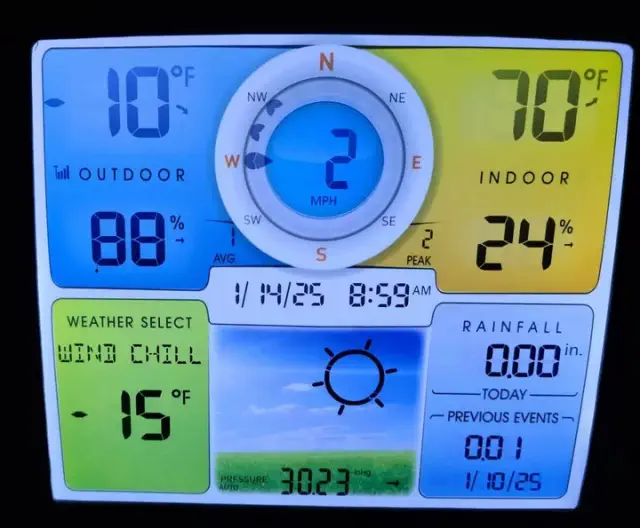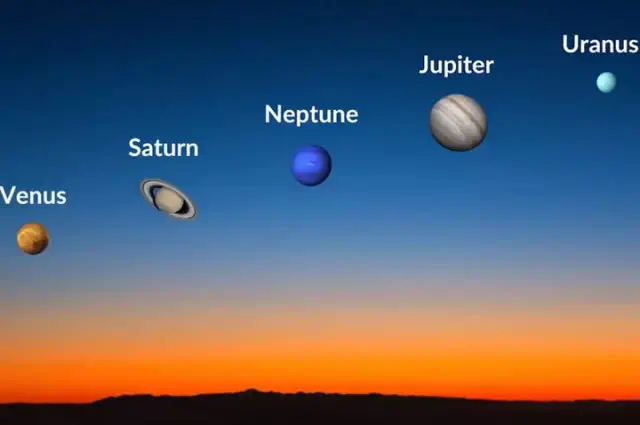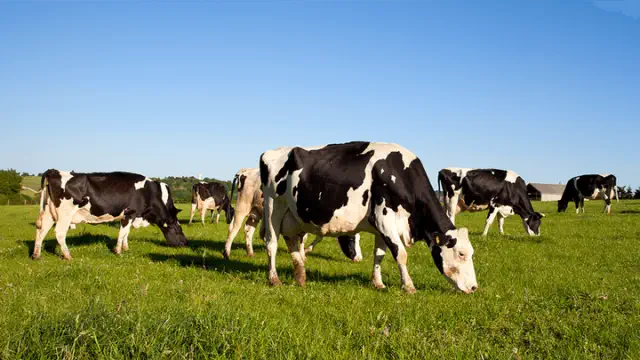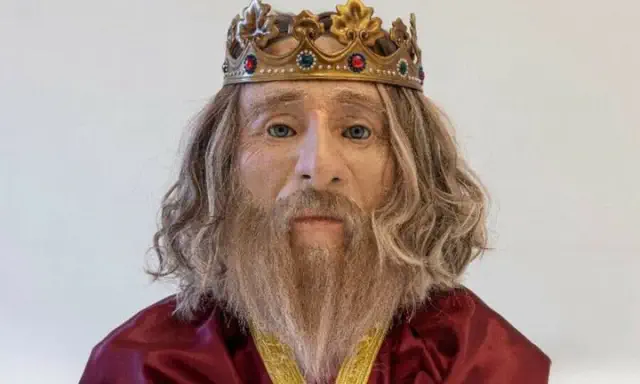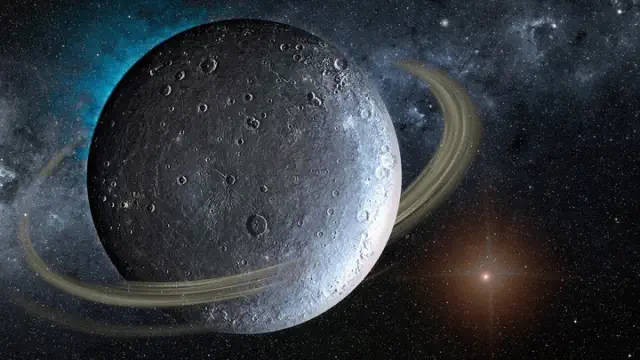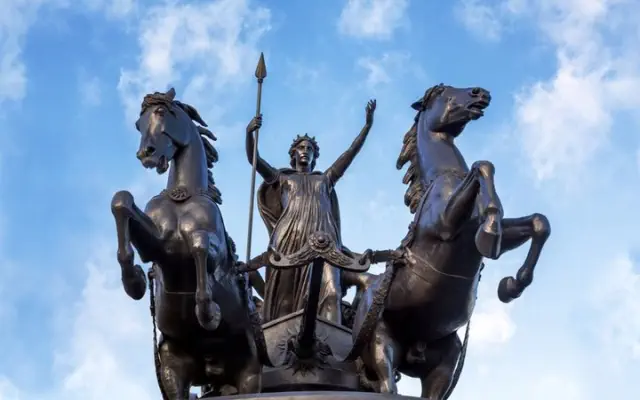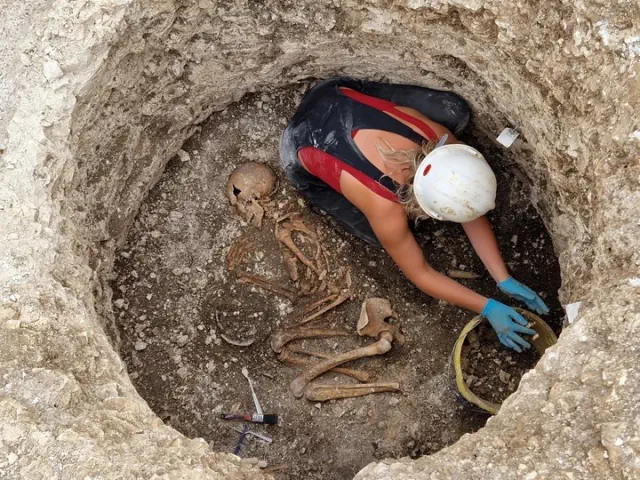When you look up at the sky full of fluffy clouds, what do you see? An elephant holding a balloon? Or perhaps a dragon spewing fire? This is nothing strange, as our brains are programmed to recognize familiar patterns and shapes in what we see. The phenomenon, called pareidolia, helps us make sense of the world and avoid danger.Bored Panda gathered many more similar examples where people saw things as other things, assigning meaning when there might not be one. Scroll down to find them, and be sure to upvote the ones that mess with your eyes and brains the most!
This post may include affiliate links.
#1
Southern Los Angeles Resembles a Computer Motherboard
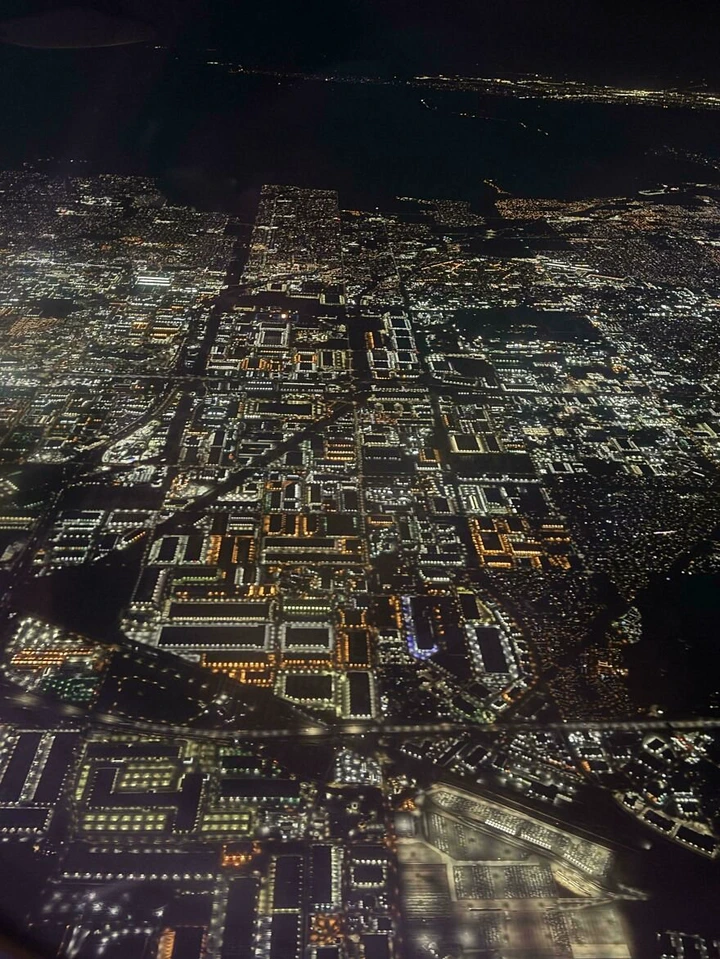
View pictures in App save up to 80% data.
#2
This Buff-Tip Moth Camouflaged as Birch Bark
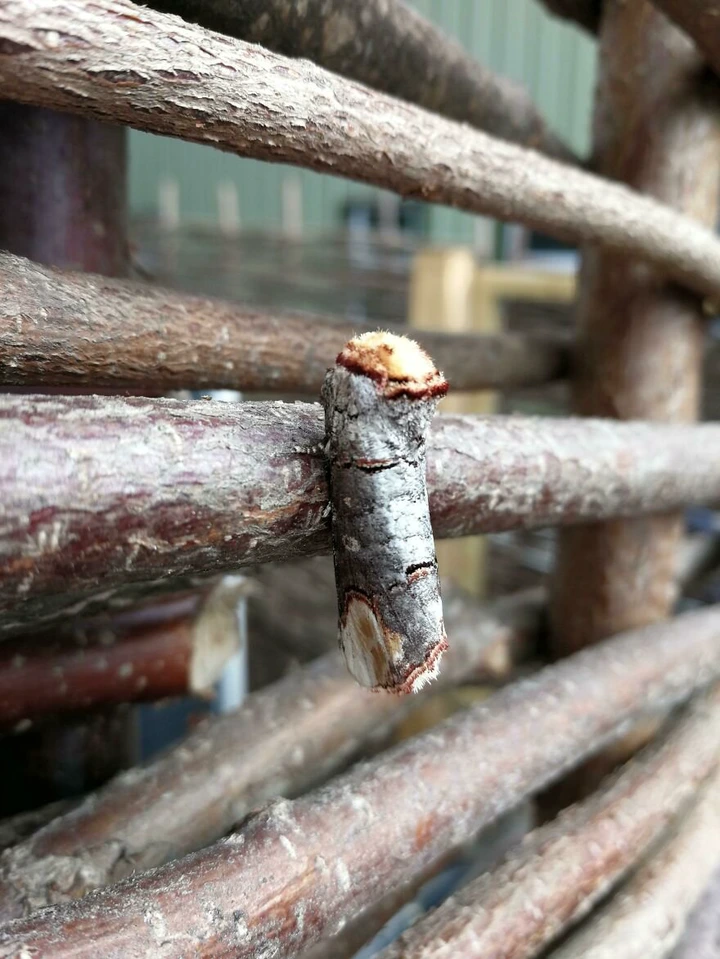
View pictures in App save up to 80% data.
#3
My Cat Resembles a Lemur

View pictures in App save up to 80% data.
More technically, pareidolia is “the illusory perception of meaningful patterns or images of familiar things in random or amorphous data, as a face seen on the moon.”
Despite being a universal human trait, the phenomenon remains largely enigmatic. Neuroscientists have gained insights into the brain regions involved, and they believe it is an evolutionary advantage that helped our ancestors recognize faces and detect potential dangers in their environment.
#4
Refilling the Soap Dispenser Led to Overnight Growth of Fungal Shapes
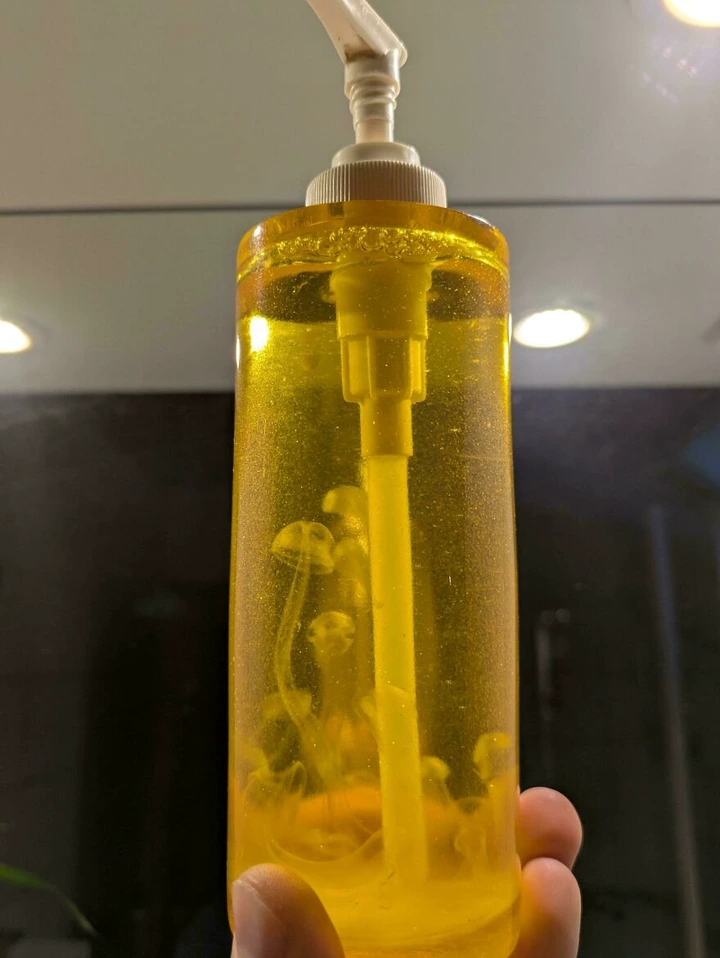
View pictures in App save up to 80% data.
#5
I transformed a burned match into a microphone complete with a stand.
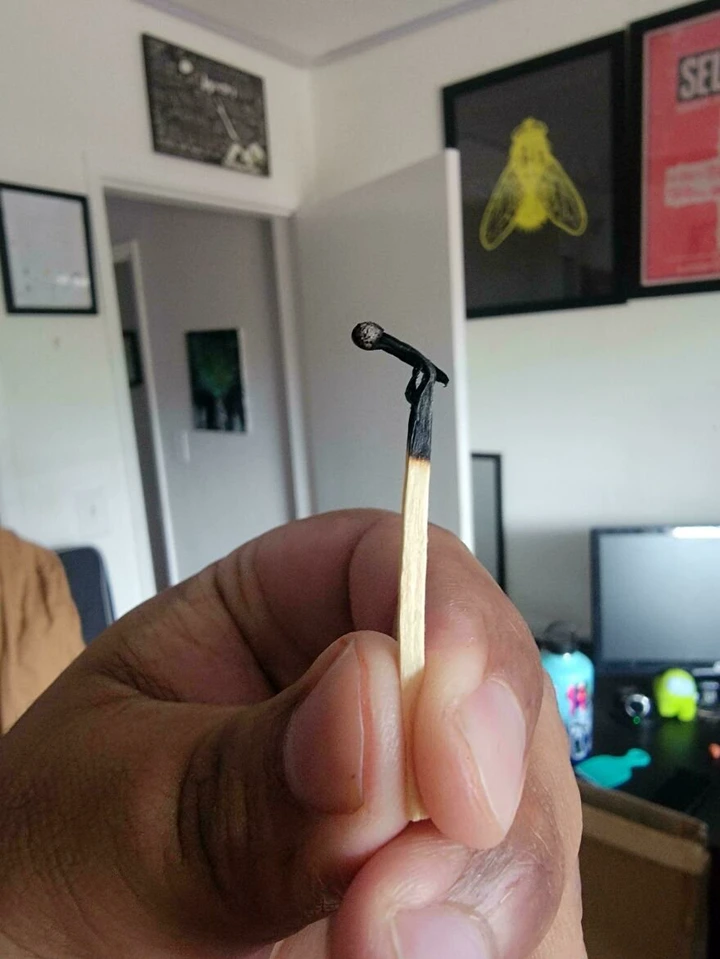
View pictures in App save up to 80% data.
#6
My Hair Resembles Something That Got Stuck in a Zipper/ Gets Caught in Machinery Gears
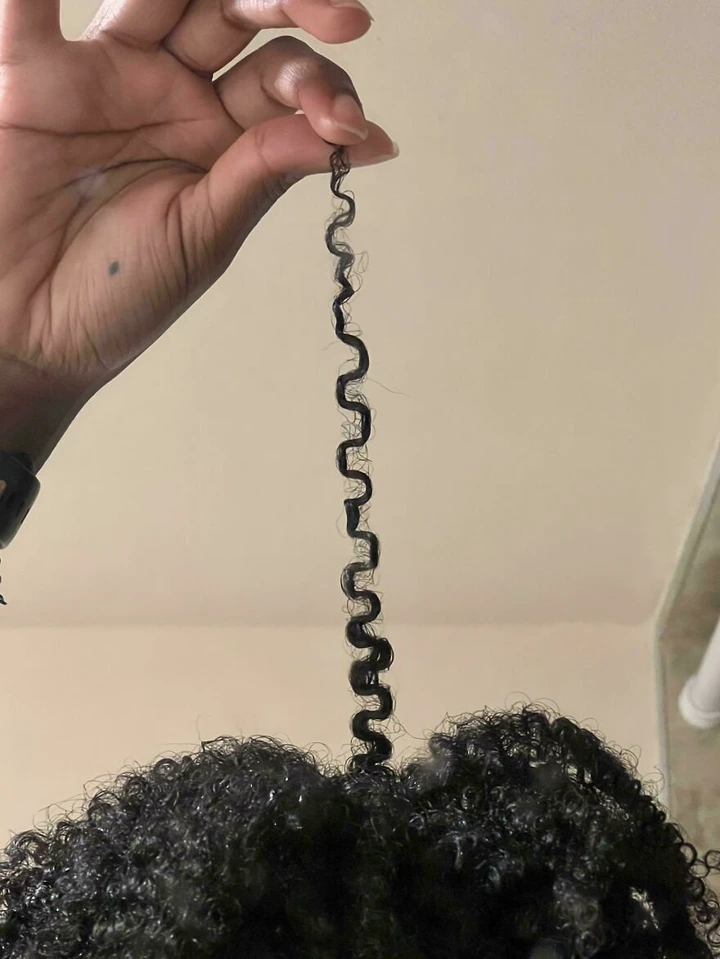
View pictures in App save up to 80% data.
Most commonly, people spot faces and animals in inanimate objects. Our hypersensitivity to detecting faces even has its own category of pareidolia—face pareidolia. In a sense, it can be considered a side effect of our ability to quickly identify human features. This efficiency in detecting faces can sometimes make us see them when they aren’t there.
#7
This piece of pine wood features an arrow indicating the location of the tree's center.
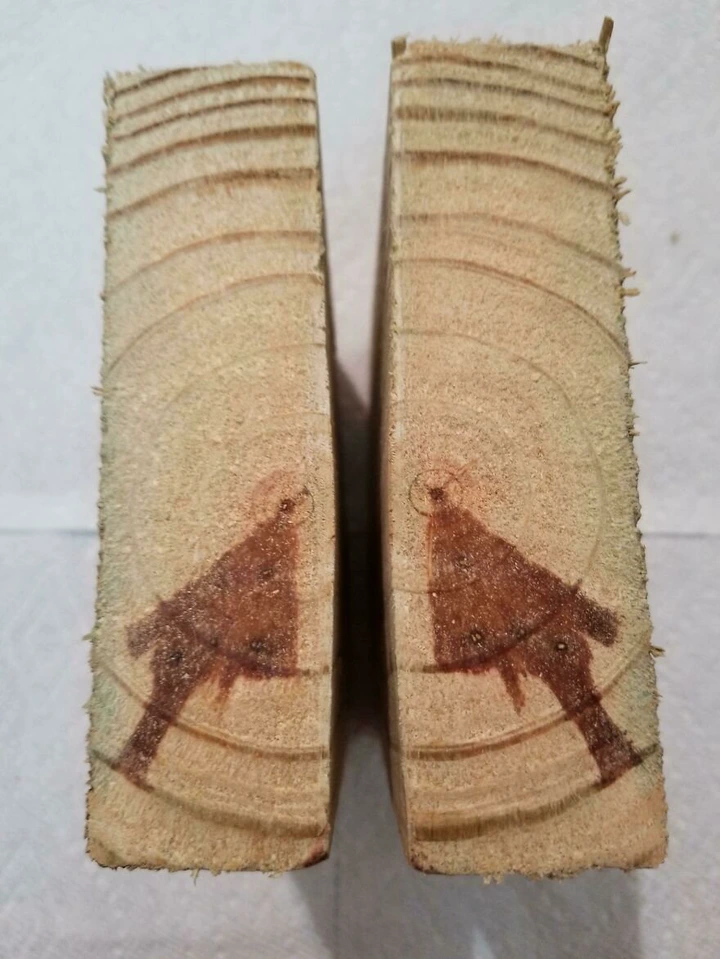
View pictures in App save up to 80% data.
#8
My Dog Has a Star-Shaped Eye
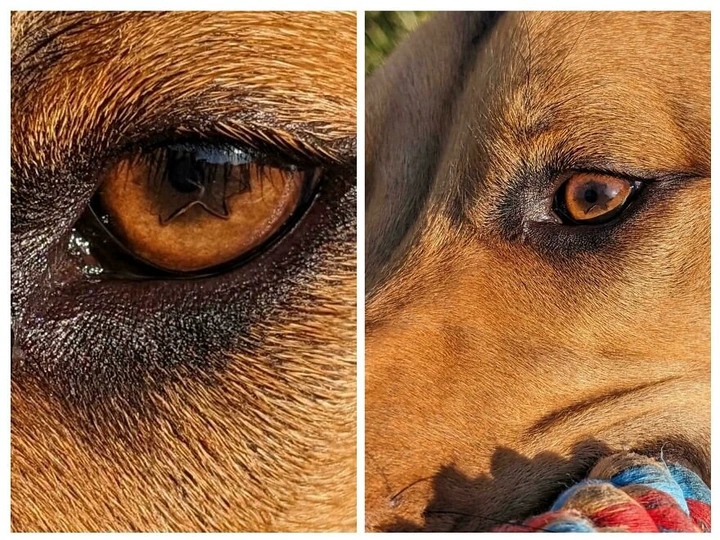
View pictures in App save up to 80% data.
#9
The base of my iris features a shape and texture reminiscent of a feather.
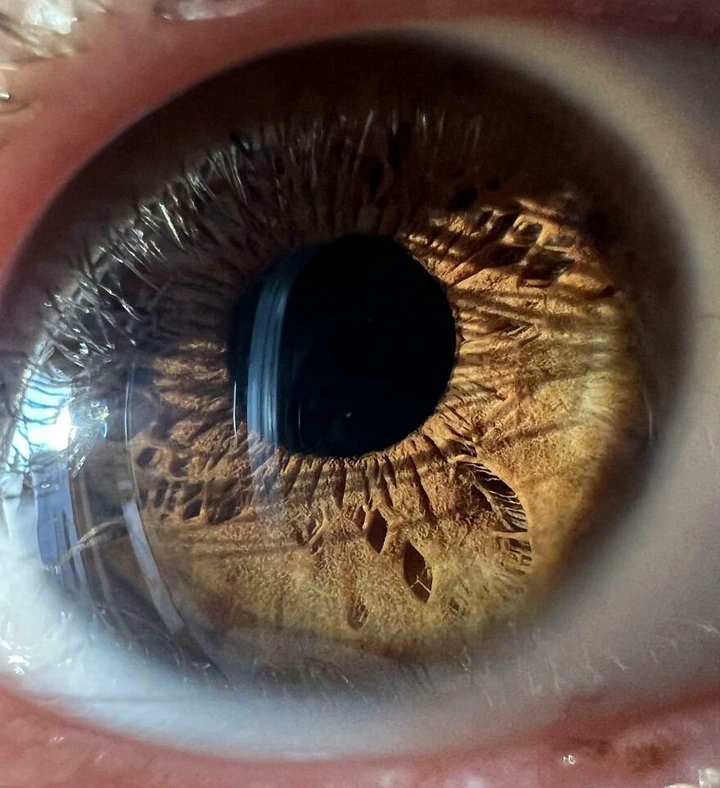
View pictures in App save up to 80% data.
Curiously, the phenomenon of recognizing shapes on the moon's surface falls under a unique classification known as lunar pareidolia. Observers frequently interpret the contrasting light and shadow on the moon as recognizable figures. For instance, in certain European nations, individuals perceive a ‘banished man’ with a load of sticks, whereas in various Asian cultures, they envision a rabbit.
#10
Discovered These Corroded Pliers Outside, They Appear to Be Made of Wood

View pictures in App save up to 80% data.
#11
My Pancake Resembled a Brain
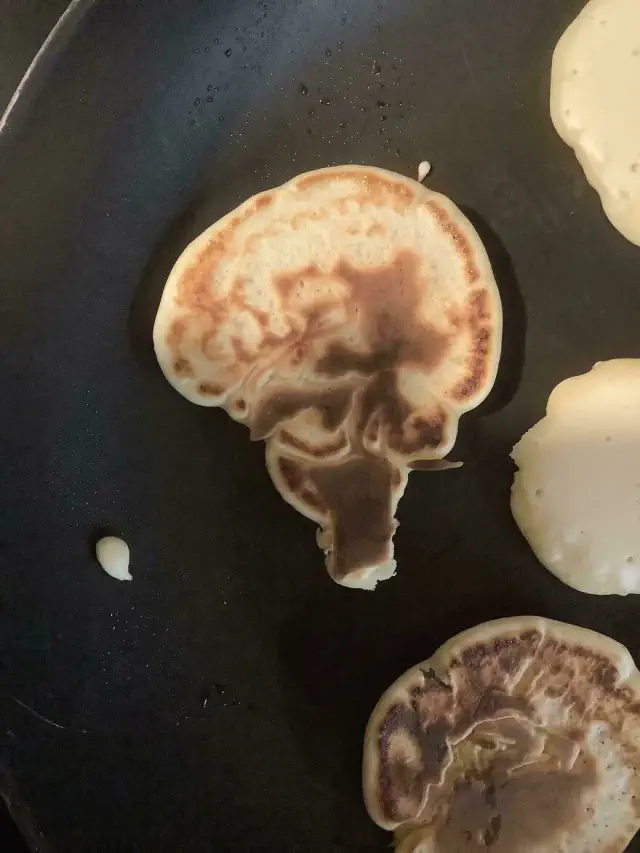
View pictures in App save up to 80% data.
#12
This Mushroom Resembling a Glove Emerging from My Planter
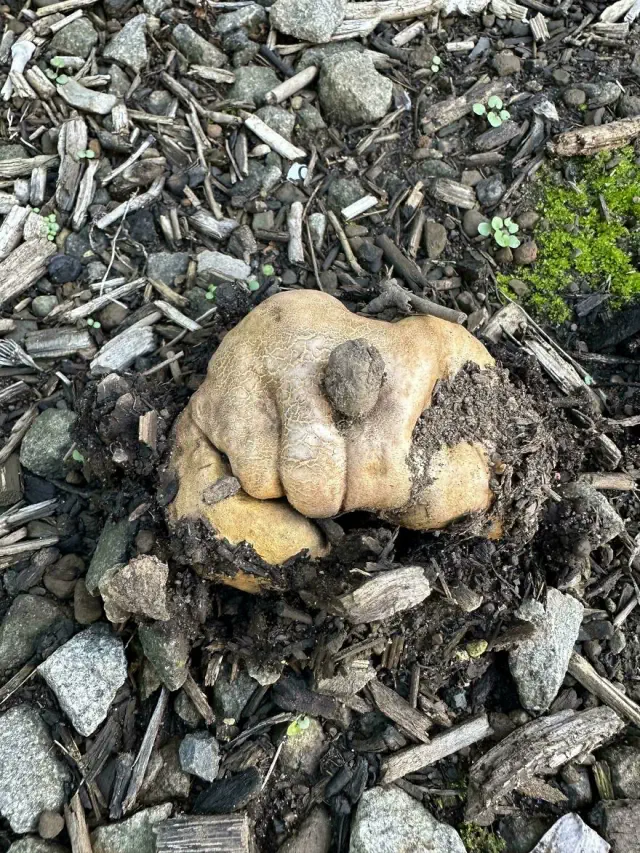
View pictures in App save up to 80% data.
Hermann Rorschach was also inspired by people’s ability to see meaning where there isn’t. His Rorschach inkblot test, where people are influenced or guided by specialists to see things in ink splotches that reveal their unconscious thoughts, is an example of directed pareidolia. This test is still used in practice by some psychologists to diagnose schizophrenia.
#13
This Spoiled Melon Resembles a Color Vision Test
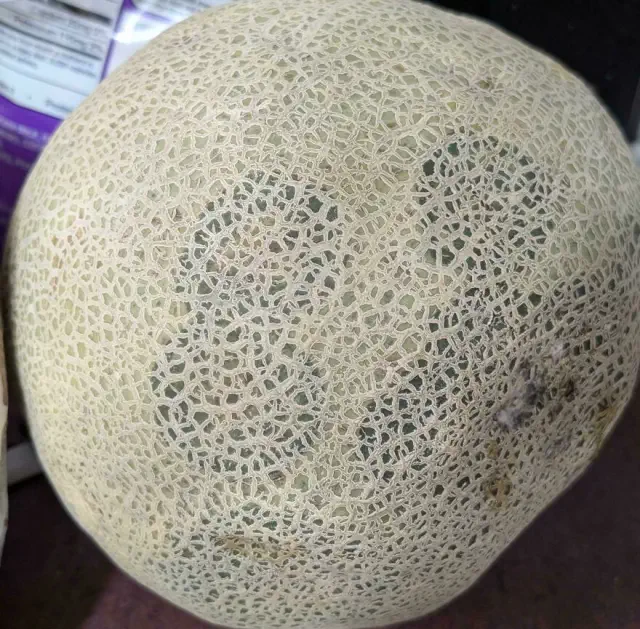
View pictures in App save up to 80% data.
#14
This Blossom Resembles Frosting
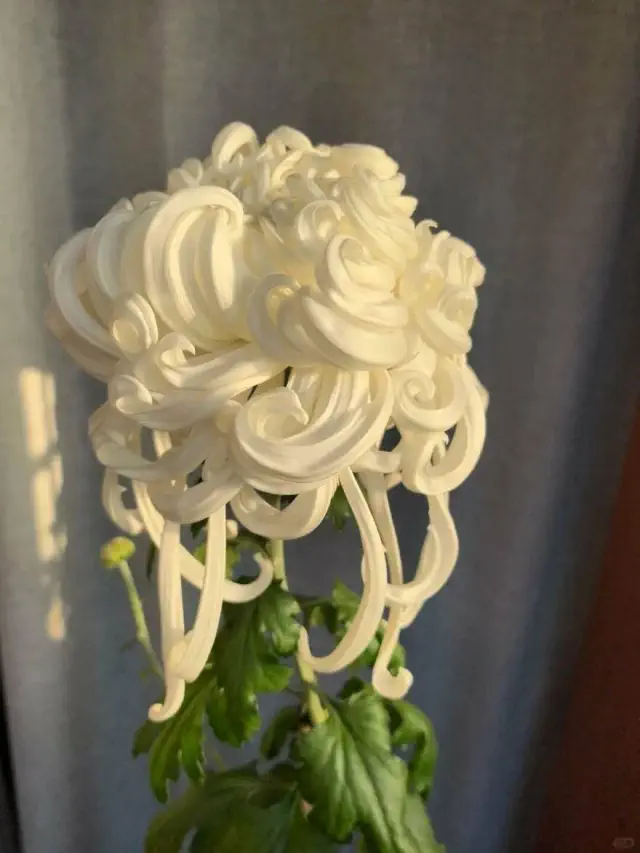
View pictures in App save up to 80% data.
#15
My Mayo Resembles the Sorting Hat from Harry Potter
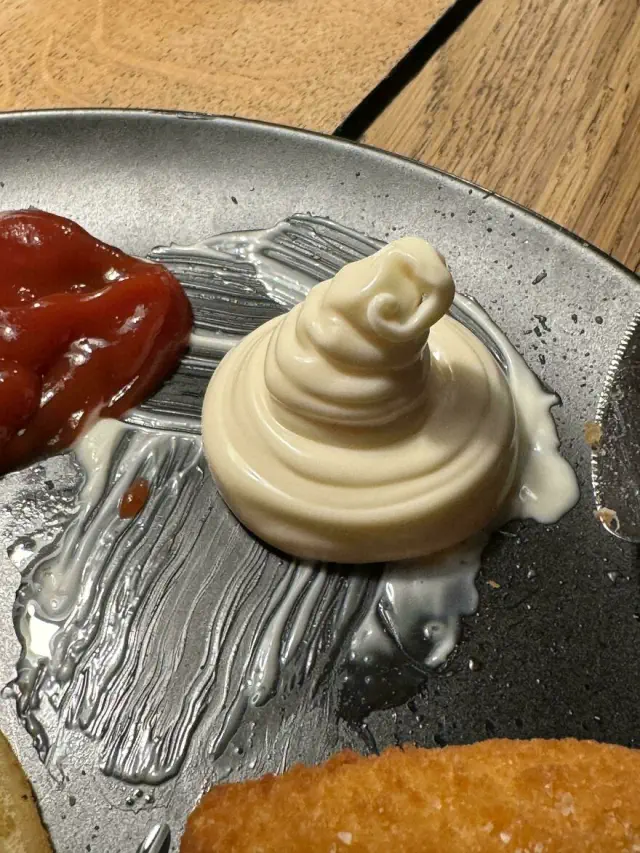
View pictures in App save up to 80% data.
Although there are numerous visual instances, pareidolia extends beyond just sight and can manifest in auditory perceptions as well. This phenomenon happens when we mistakenly interpret sounds like bird calls, static noise, or flowing water as if they were human voices. Additionally, we might misinterpret song lyrics or hear nonexistent words.
#16
I Accidentally Spilled Diet Coke Beneath My Desk at Work, and the Bubbles Created a Lowercase E.
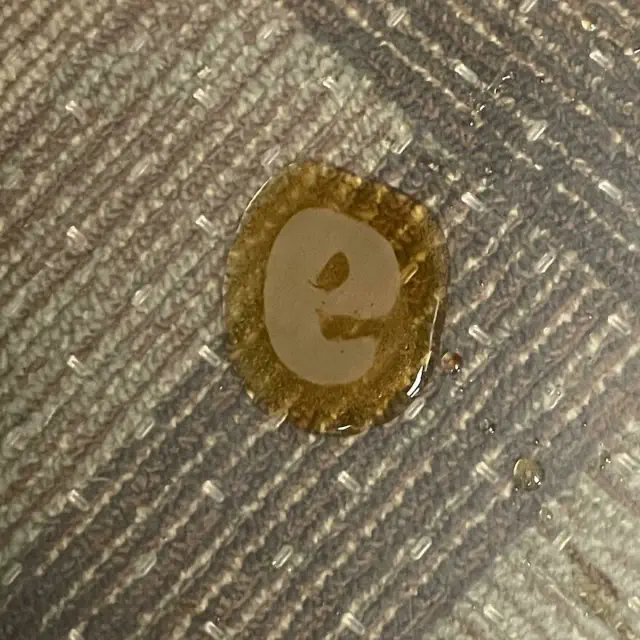
View pictures in App save up to 80% data.
#17
A Seastar Regenerating Four Arms Resembles a Shooting Star
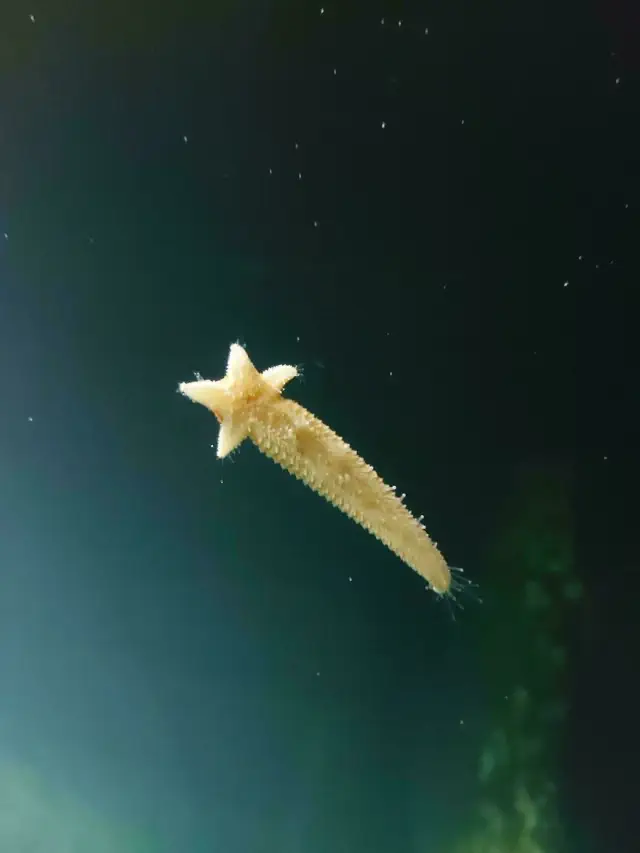
View pictures in App save up to 80% data.
#18
Created a pancake that unexpectedly resembles an apple.
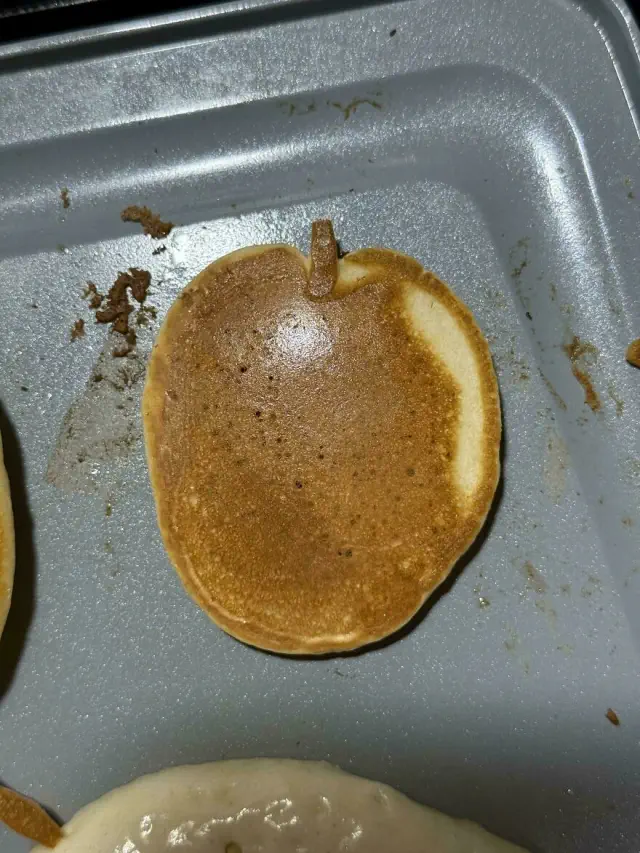
View pictures in App save up to 80% data.
In general, pareidolia is a specific form of apophenia, a wider concept that refers to the tendency to perceive patterns or significance in random information. This inclination is a fundamental aspect of human nature, as we seek to establish connections in a world that often appears disorganized and chaotic. However, when this tendency becomes excessive, it may indicate underlying mental health issues such as bipolar disorder, major depression, or schizophrenia, which can cause individuals to disconnect from reality.
#19
Discovered an Awesome Stick That Resembles a Great Wizard's Staff.
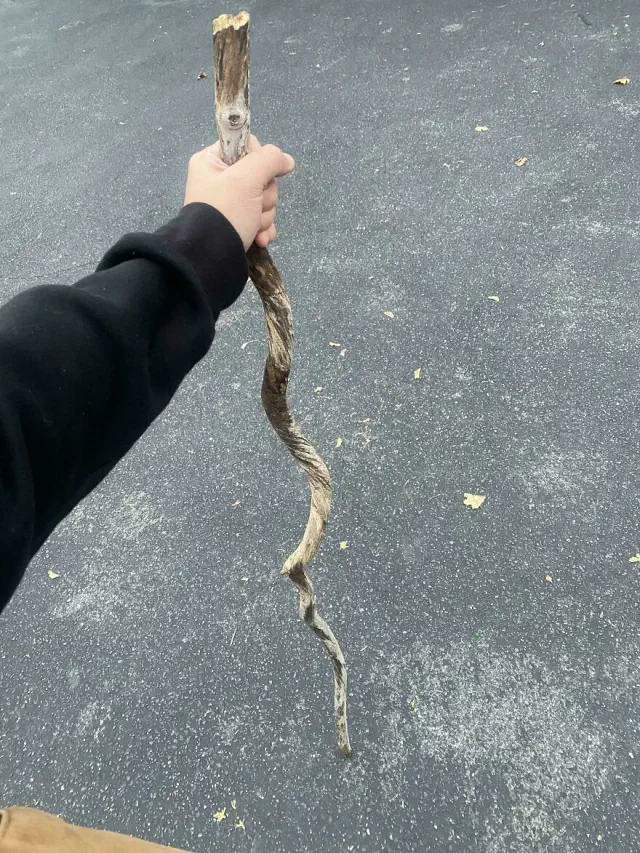
View pictures in App save up to 80% data.
#20
This carrot resembles the S shapes we all used to doodle back in middle school.
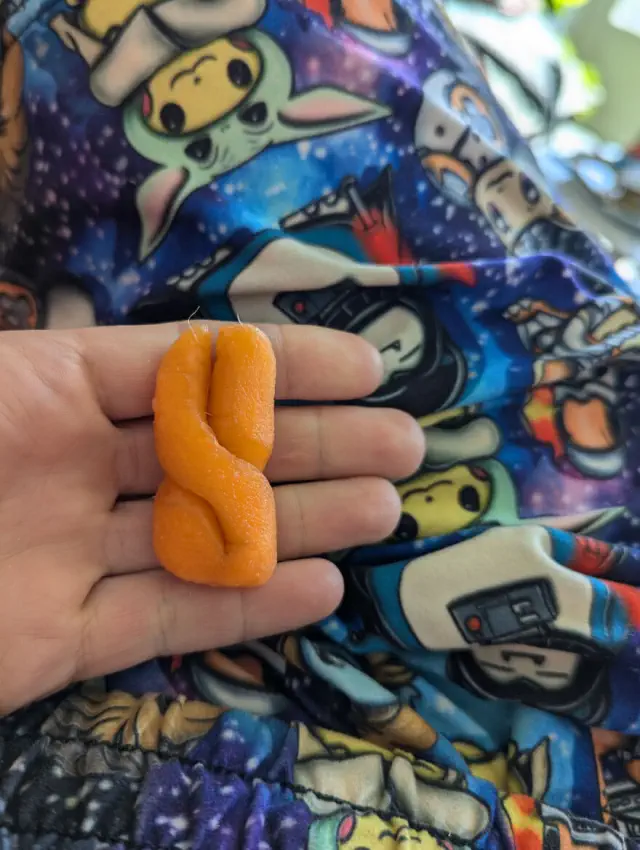
View pictures in App save up to 80% data.
#21
The Blanket I Was Cleaning Emerged From The Washer Resembling A Muffin
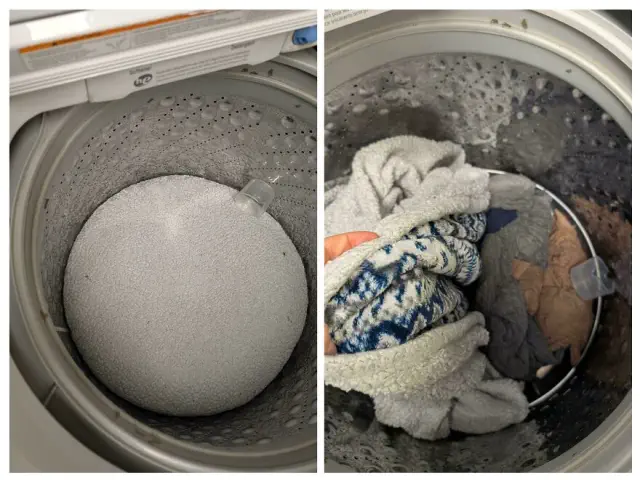
View pictures in App save up to 80% data.
At the same time, experts see a positive side to apophenia and pareidolia. “We think pareidolia may enhance focus, creativity, and innovation because you’re seeing things in a different way. If this turns out to be the case, building pareidolia skills could be very useful in helping to solve problems in many areas of society,” said Susan Magsamen, director of the International Arts and Mind Lab at the Petersen Brain Science Institute.
#22
I have a bruise on the back of my leg that resembles the Monster logo.
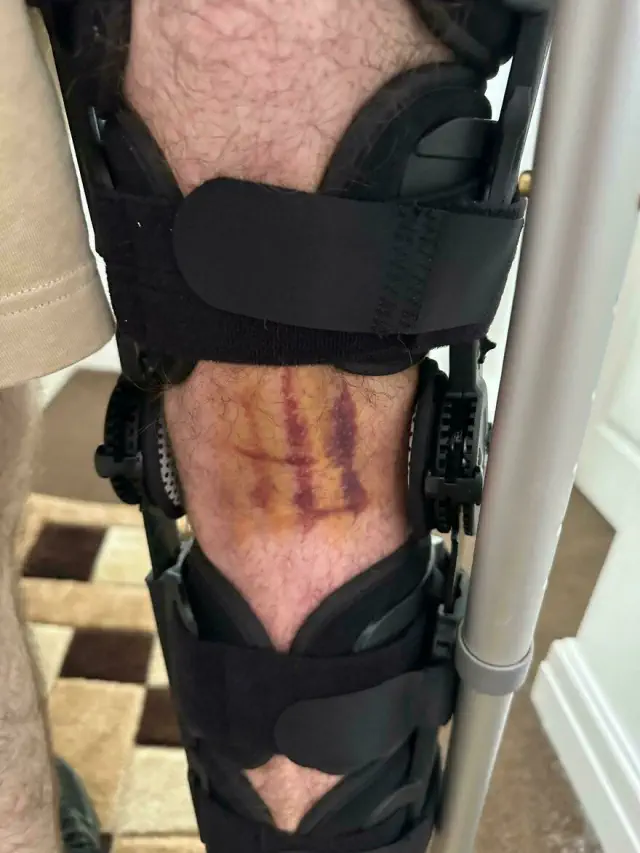
View pictures in App save up to 80% data.
#23
The chocolate on the whisk resembles the hairstyle of Jimmy Neutron.

View pictures in App save up to 80% data.
#24
I Accidentally Cooked My Eggs This Way, They Resemble a Tree with Oranges!
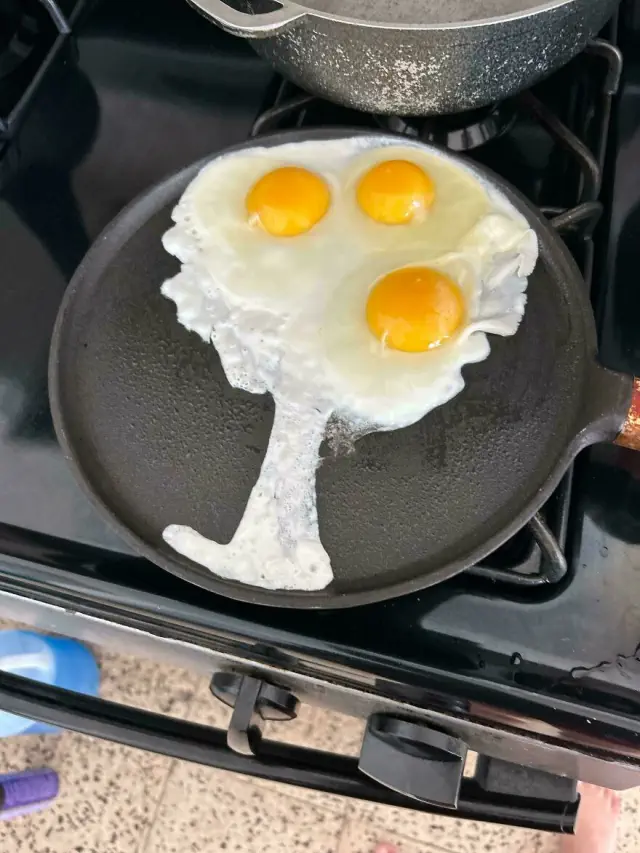
View pictures in App save up to 80% data.
“Many times, we fail to appreciate the diverse ways of interpreting things or the distinct perspectives people hold,” she went on. “Consider the numerous challenges we could tackle if we enhanced our skills in interpreting concepts and improved our communication and collaboration. Could something as seemingly straightforward as pareidolia serve as a tool to assist in that endeavor?”
#25
The Frost I Removed from My Car Resembles a Textile
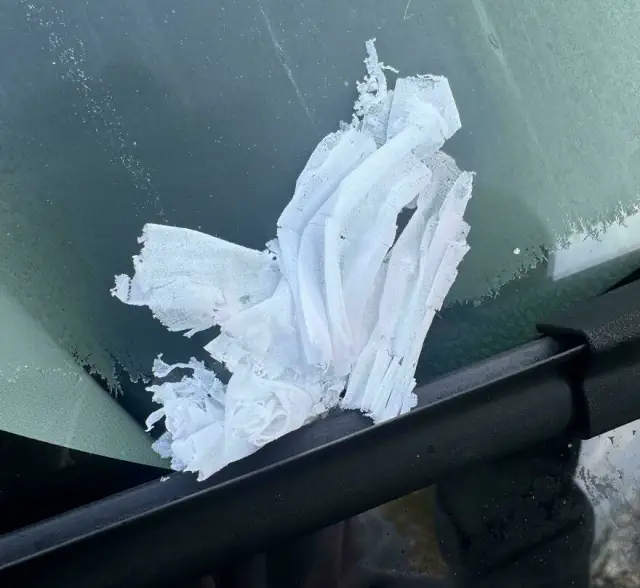
View pictures in App save up to 80% data.
#26
This Madagascar Gecko Resembles a Withered Leaf
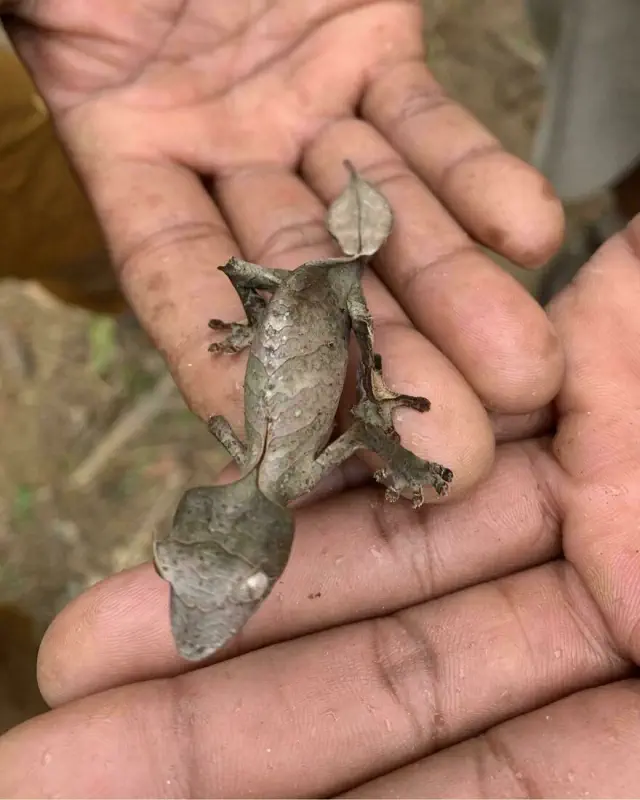
View pictures in App save up to 80% data.
#27
A Heart-Shaped Bubble Created Within a Container of Thick Liquid
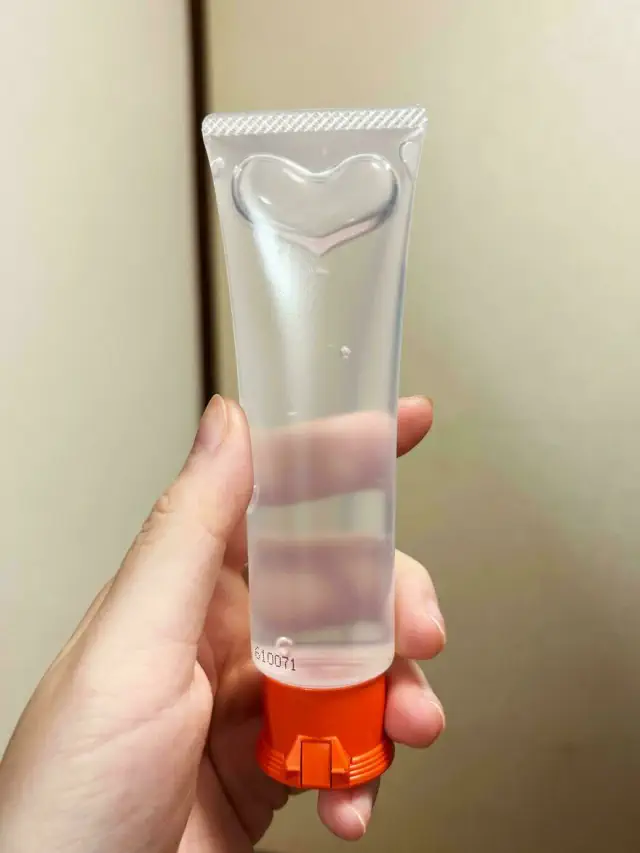
View pictures in App save up to 80% data.
#28
Neglected Contact Lenses Became Dried Out, Forming Shapes Reminiscent of Snowflakes
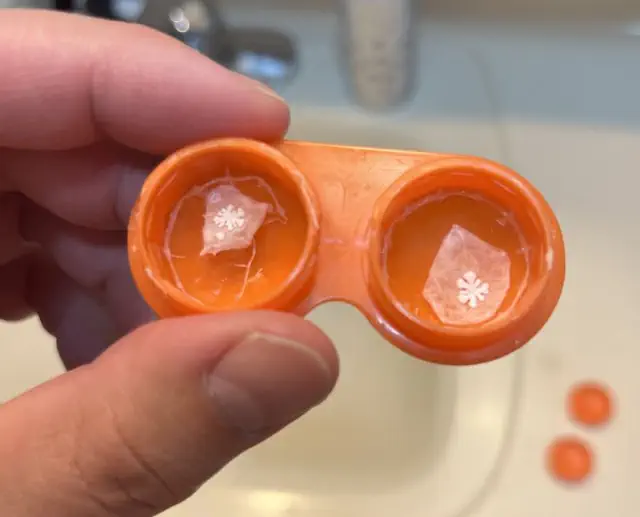
View pictures in App save up to 80% data.
#29
Strange Mushroom Form Discovered in Our Ice Cube
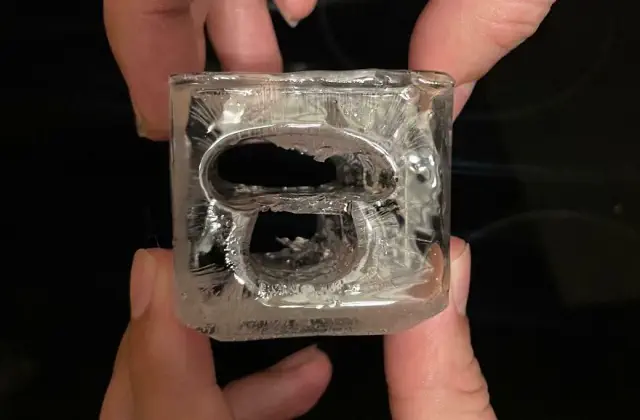
View pictures in App save up to 80% data.
#30
Our Homegrown Pepper Resembles a Boot Almost Perfectly

View pictures in App save up to 80% data.
#31
Lovely Leaf
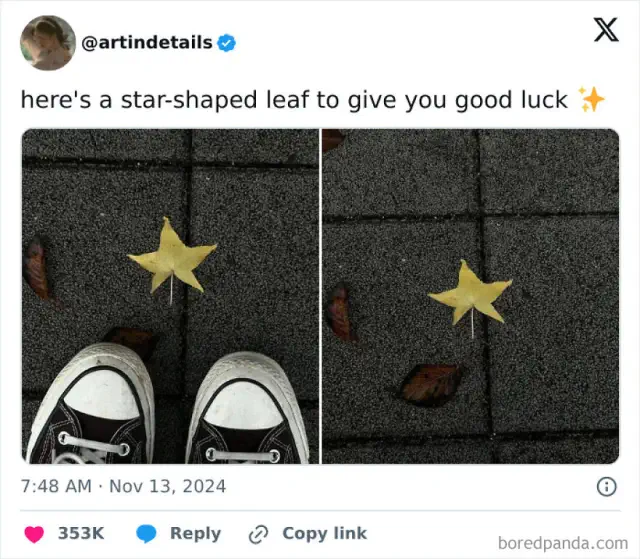
View pictures in App save up to 80% data.
#32
This Driftwood Shaped Like a Heart
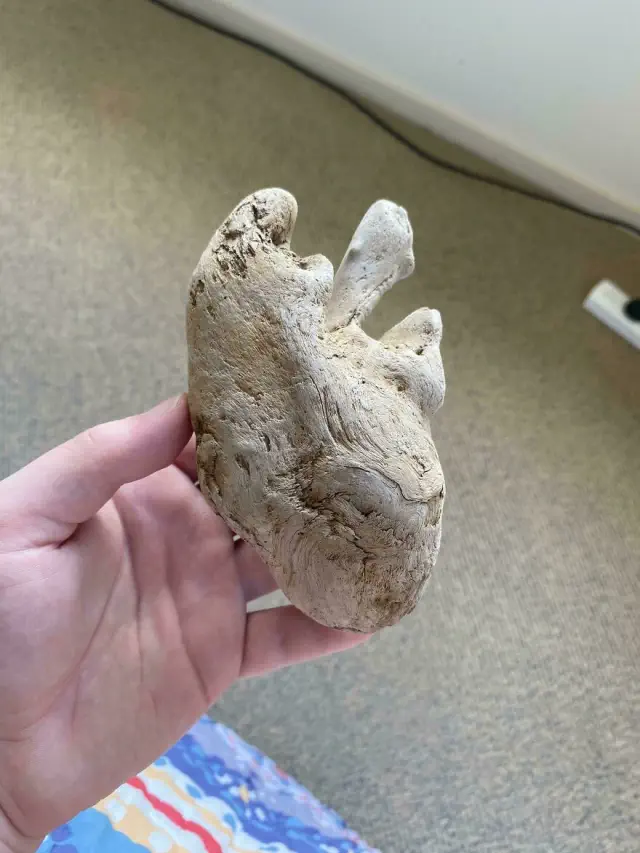
View pictures in App save up to 80% data.
#33
When I press my partner's lips together, they appear to have two perfectly matching sets of lips lined up side by side.
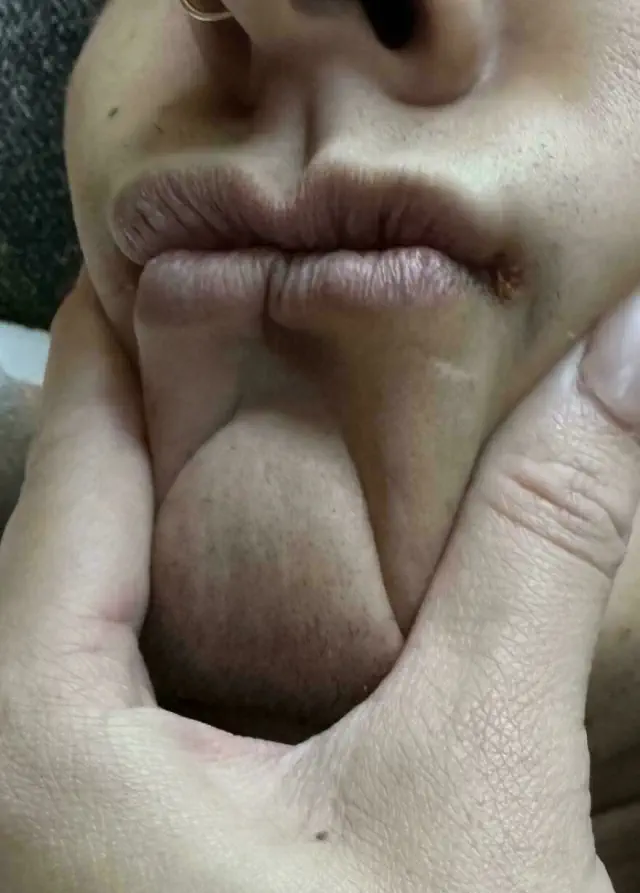
View pictures in App save up to 80% data.
#34
I couldn't help but notice that the roots of this lifeless orchid resemble a facehugger.
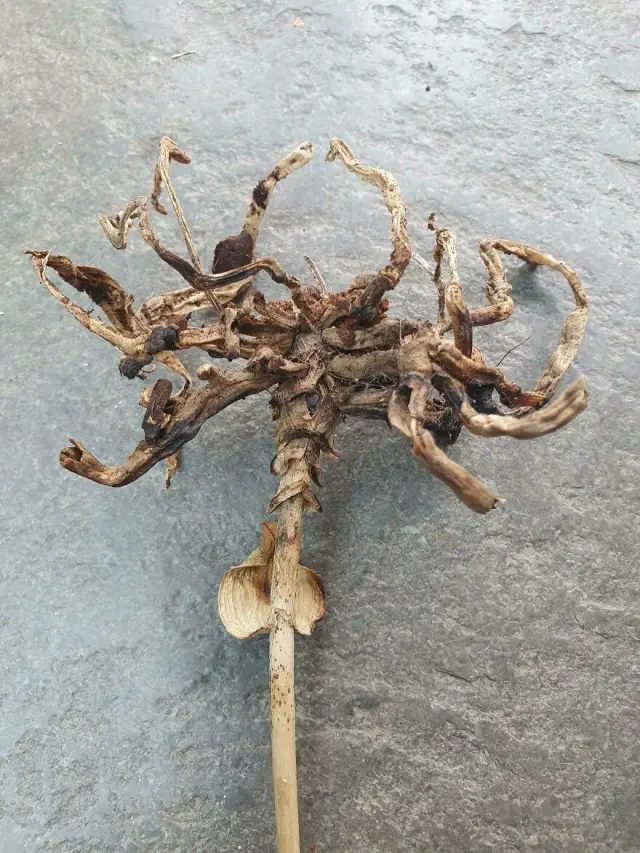
View pictures in App save up to 80% data.
#35
Today, I spotted some clouds that resembled a map of the world.
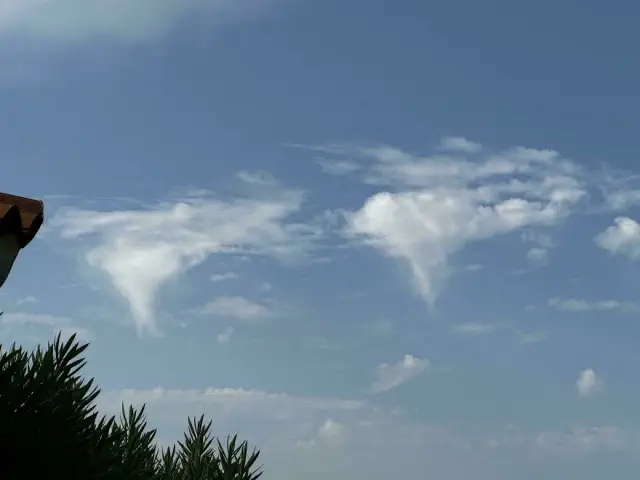
View pictures in App save up to 80% data.
#36
The silhouettes beneath my door resemble the outline of a city skyline.
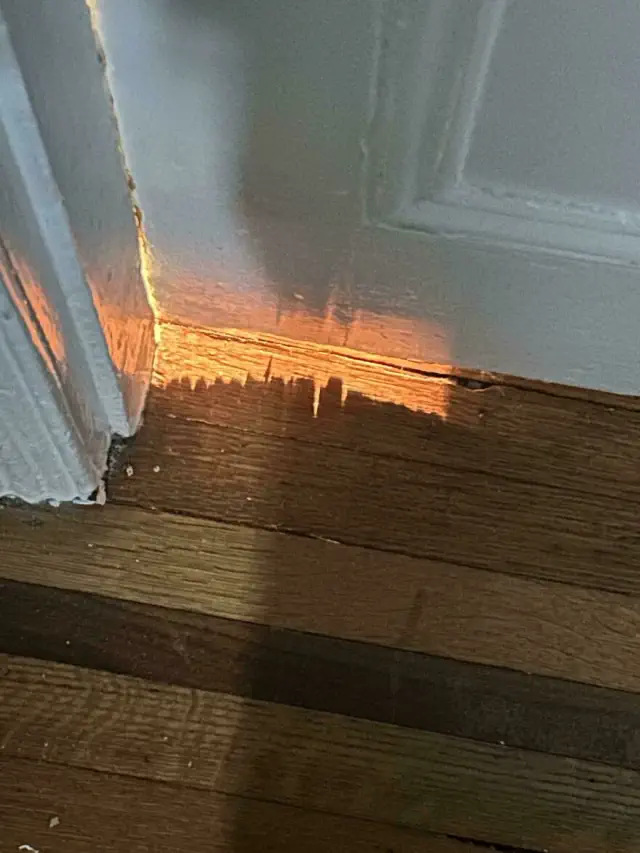
View pictures in App save up to 80% data.
#37
Discovered a Caterpillar That Resembles a Leaf
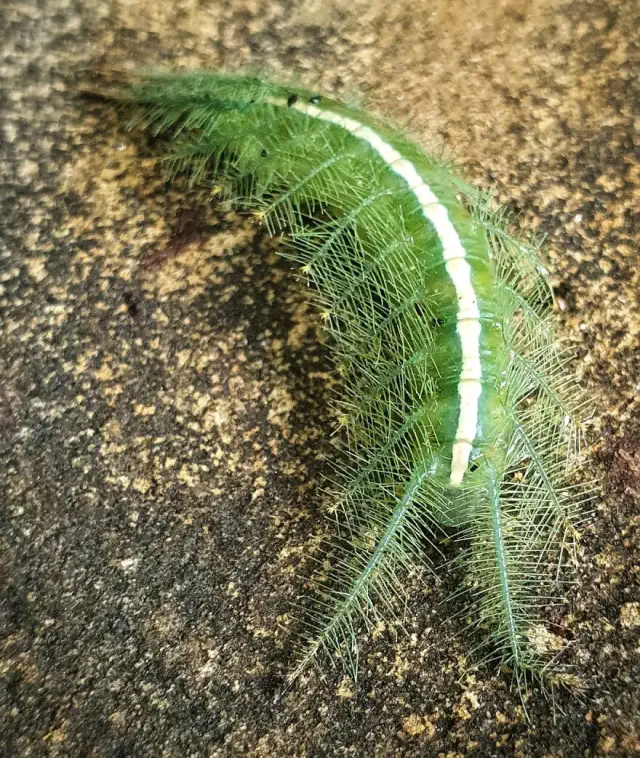
View pictures in App save up to 80% data.
#38
This Tree Resembling a Whisk

View pictures in App save up to 80% data.
#39
A Strand of Hair I Removed from My Cheek That Resembles a Coil
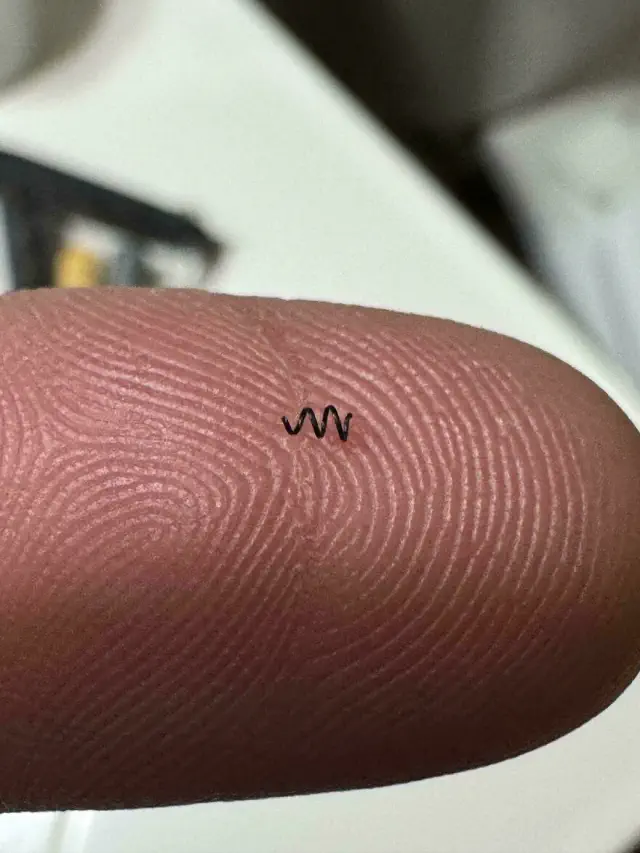
View pictures in App save up to 80% data.
#40
This small freckle on my hand resembles an asterisk *

View pictures in App save up to 80% data.
#41
The Water Inside This Bottle Frozen Into The Form Of A Christmas Tree
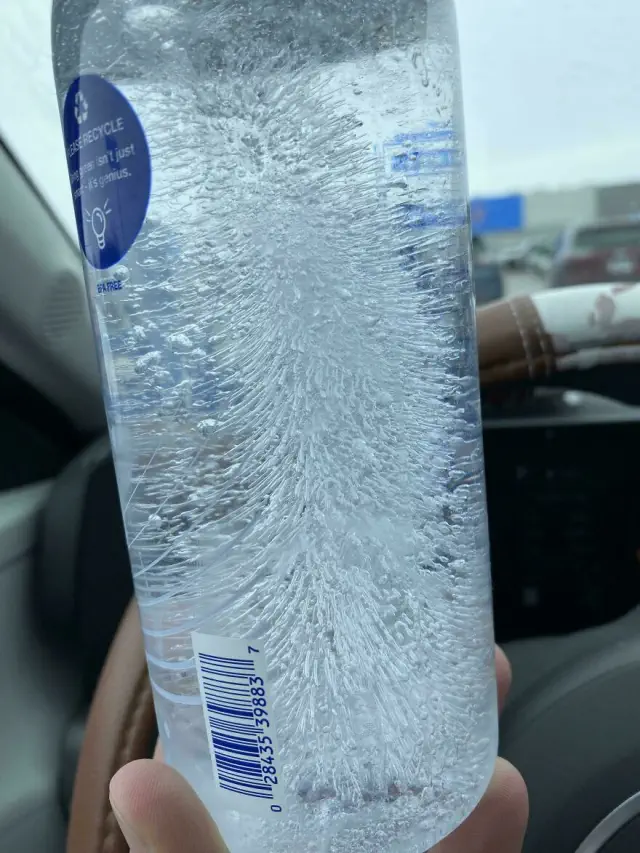
View pictures in App save up to 80% data.
#42
The Sprinkler Turned the Ground into a Feather-Like Texture on the Sidewalk.
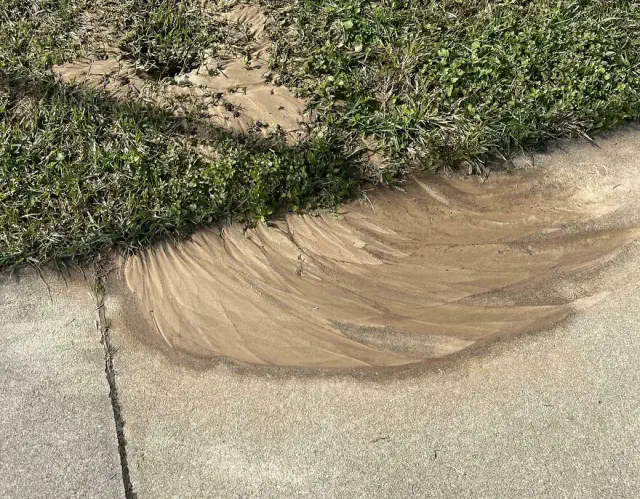
View pictures in App save up to 80% data.
#43
Moisturizer Emerges Resembling a Miniature Leaf
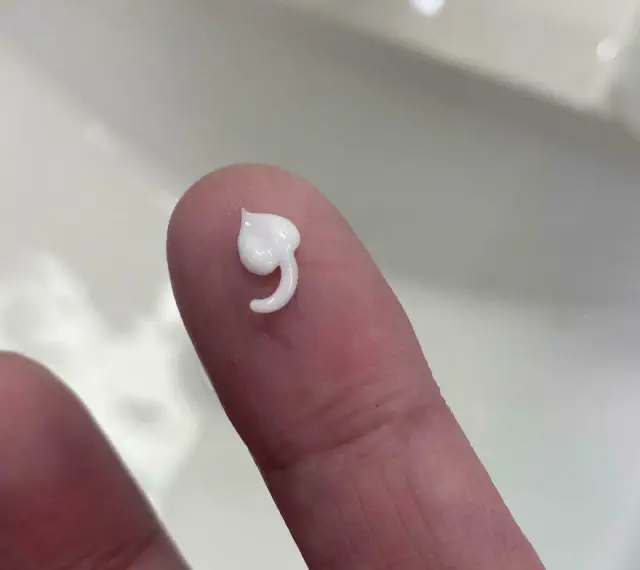
View pictures in App save up to 80% data.
#44
The Pup I'm Watching Resembles Scooby Doo
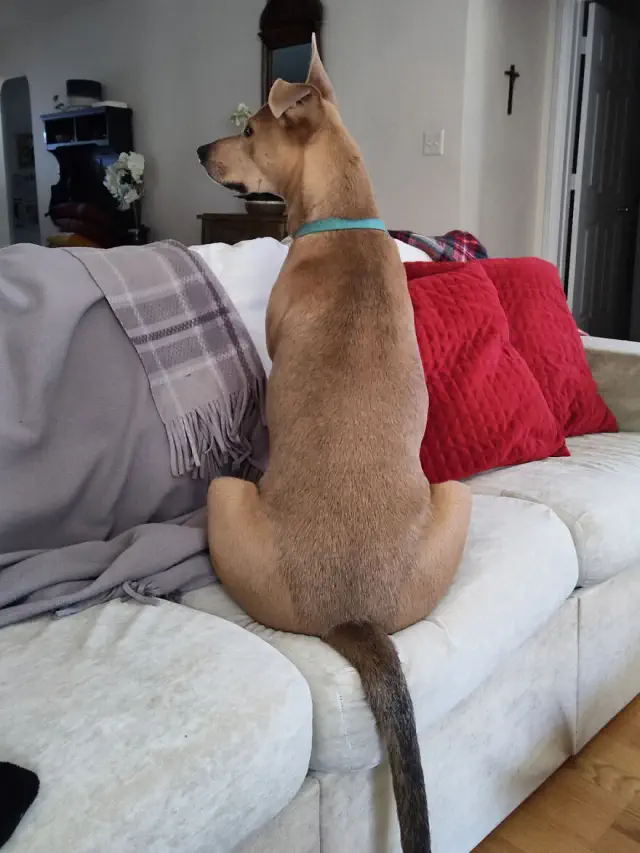
View pictures in App save up to 80% data.
#45
Lakeside Forest with a Coffee Mug
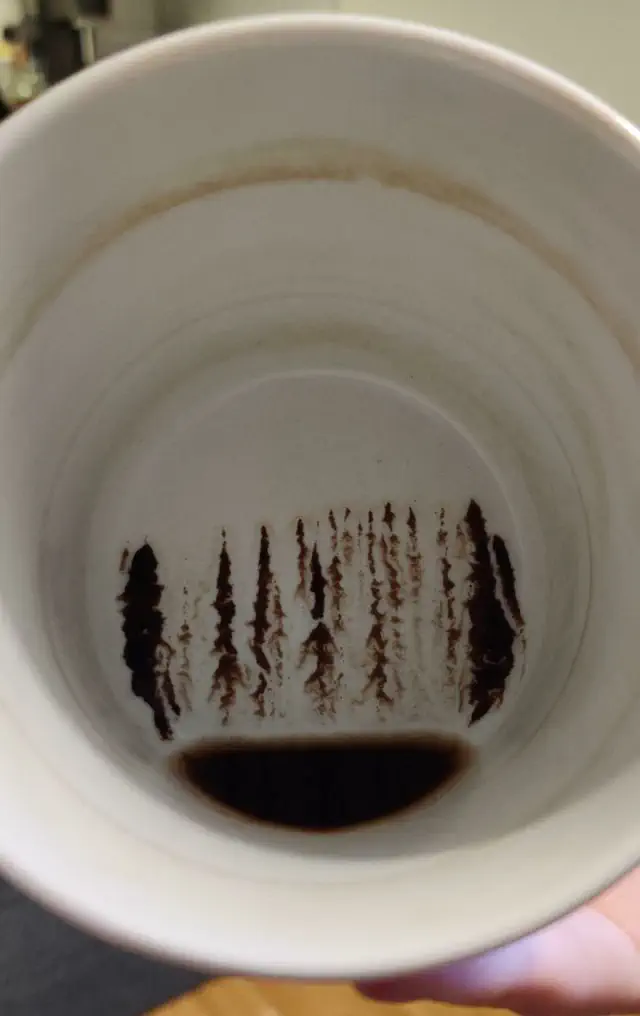
View pictures in App save up to 80% data.
#46
Discovered a Stick That Resembles a Wizard's Staff
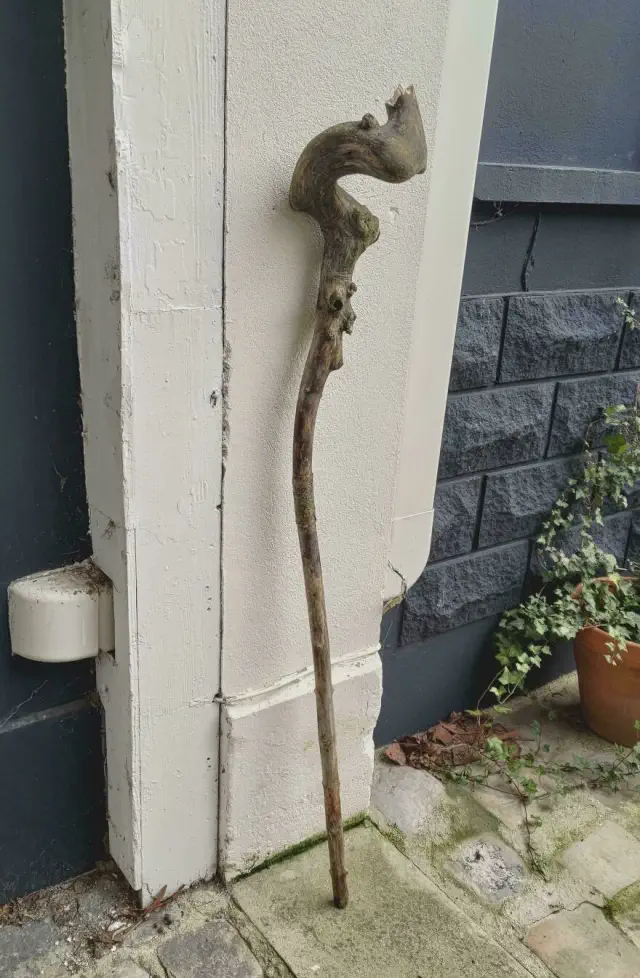
View pictures in App save up to 80% data.
#47
My Ice Cream Lid Resembles the Earth a Bit
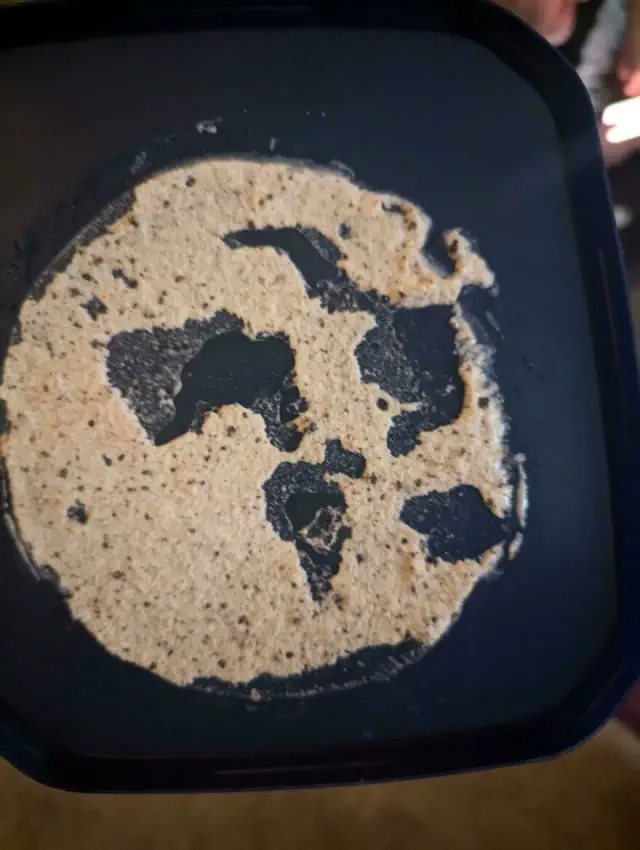
View pictures in App save up to 80% data.
#48
I Discovered a Stone on the Shore That Resembles a Beach on a Boulder.
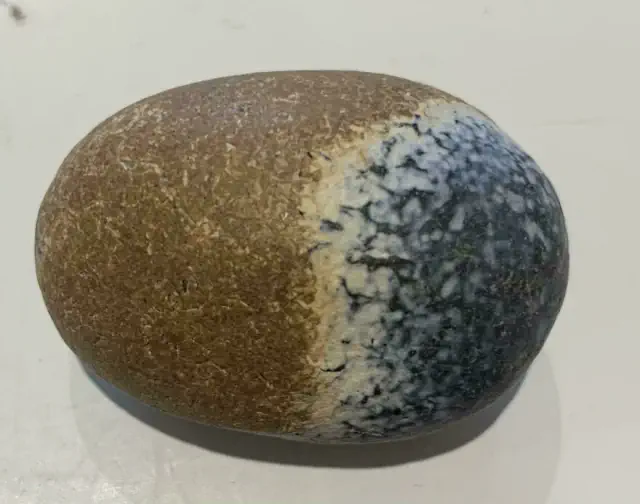
View pictures in App save up to 80% data.
#49
I Discovered An Object On The Shore That Resembles An Actual Topographical Map
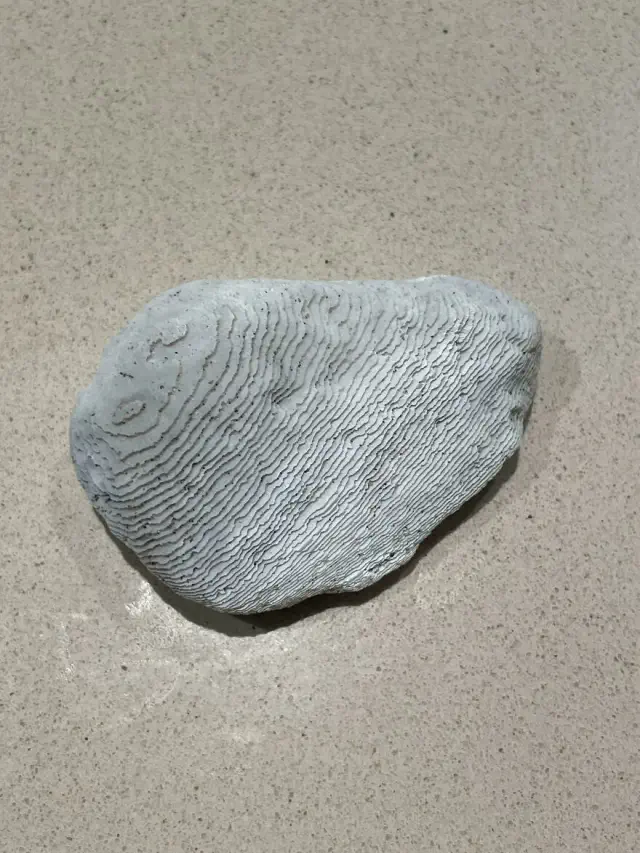
View pictures in App save up to 80% data.
#50
These Hashrounds Resemble Tetris Pieces
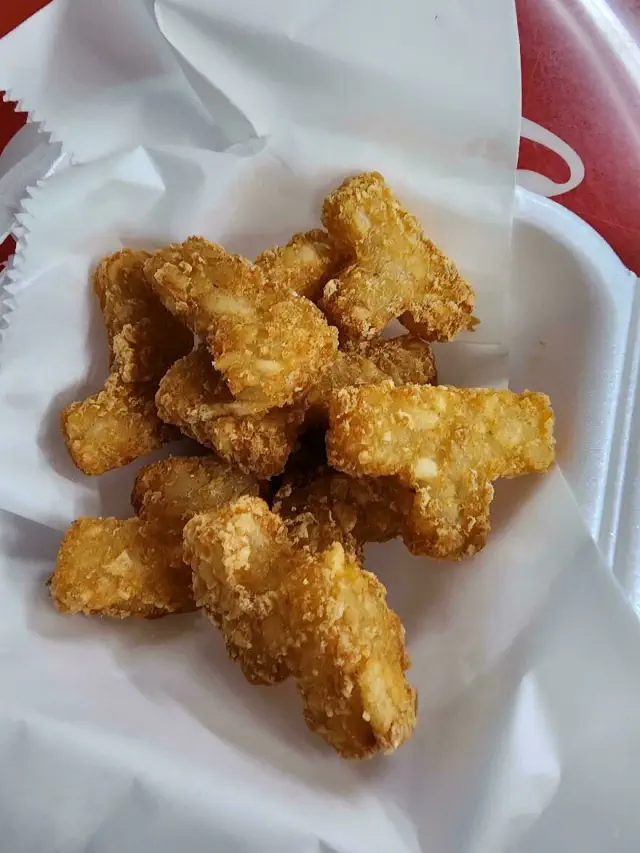
View pictures in App save up to 80% data.
#51
This Garlic Has The Appearance And Texture Of Gummy Candy

View pictures in App save up to 80% data.
#52
There’s a bubble beneath my glass that resembles a pool of mercury.

View pictures in App save up to 80% data.
#53
This Butterfly Resembles a Leaf

View pictures in App save up to 80% data.
#54
Icicles Hanging from This Cat Sculpture Resemble Fur
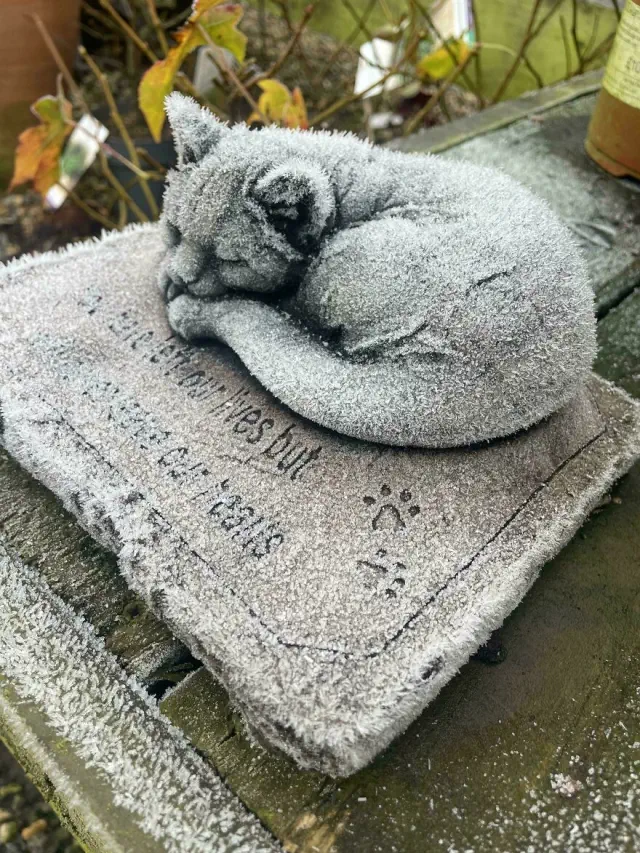
View pictures in App save up to 80% data.
#55
My Son's Eye Pupil Resembles Pac-Man
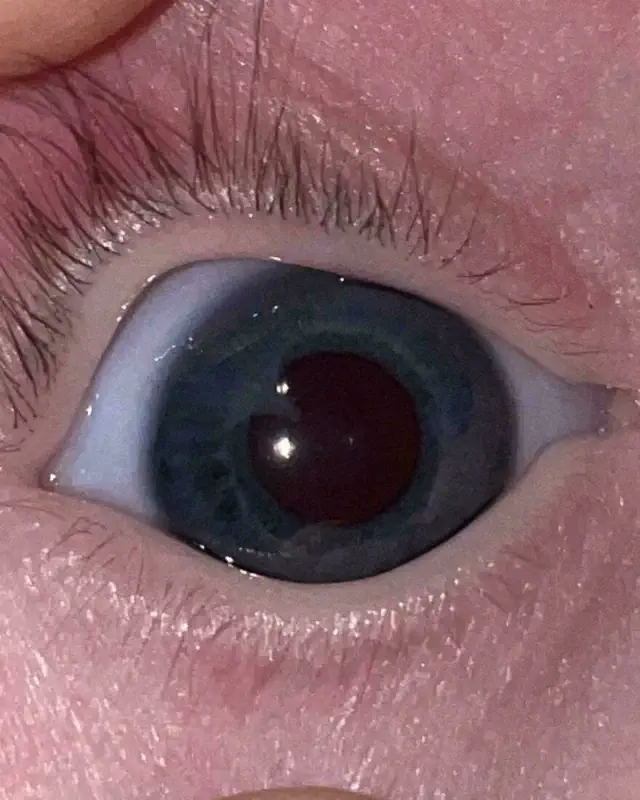
View pictures in App save up to 80% data.
#56
The Photo I Captured of the St. Louis Arch Resembles a High-Tech Space Station
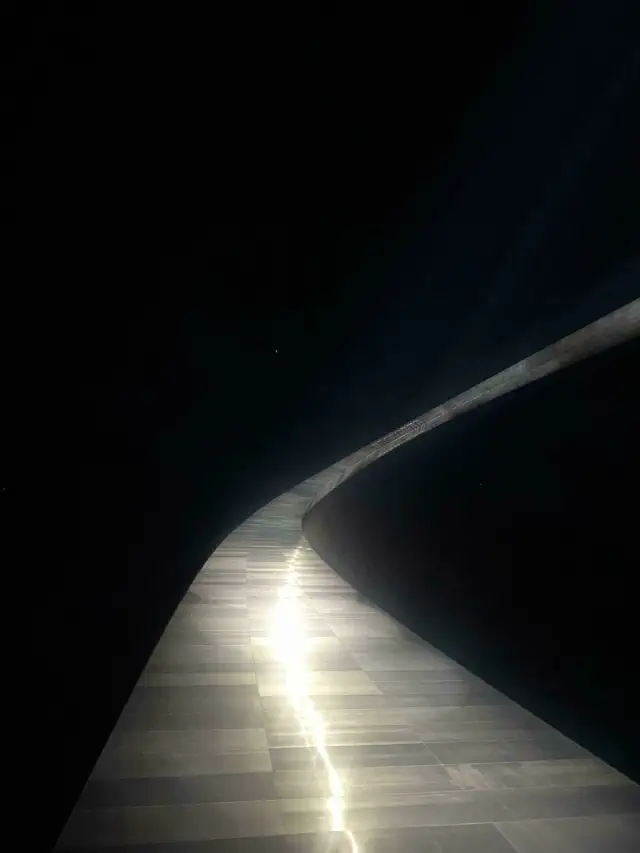
View pictures in App save up to 80% data.
#57
This Portal Crane Resembling an AT-AT
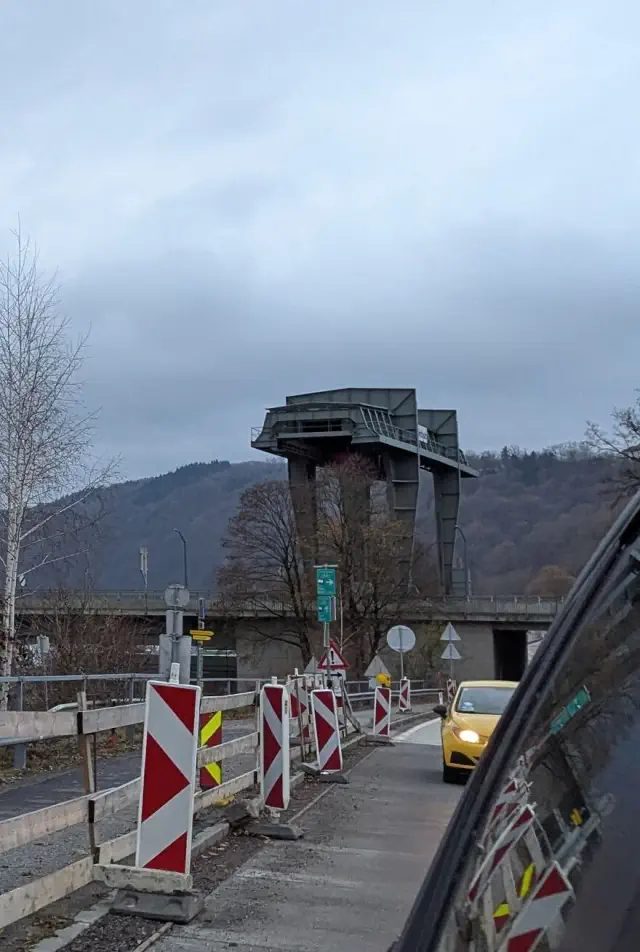
View pictures in App save up to 80% data.
#58
This Cloud Resembling a Nuclear Explosion

View pictures in App save up to 80% data.
#59
My Pancake Resembles a Sunflower
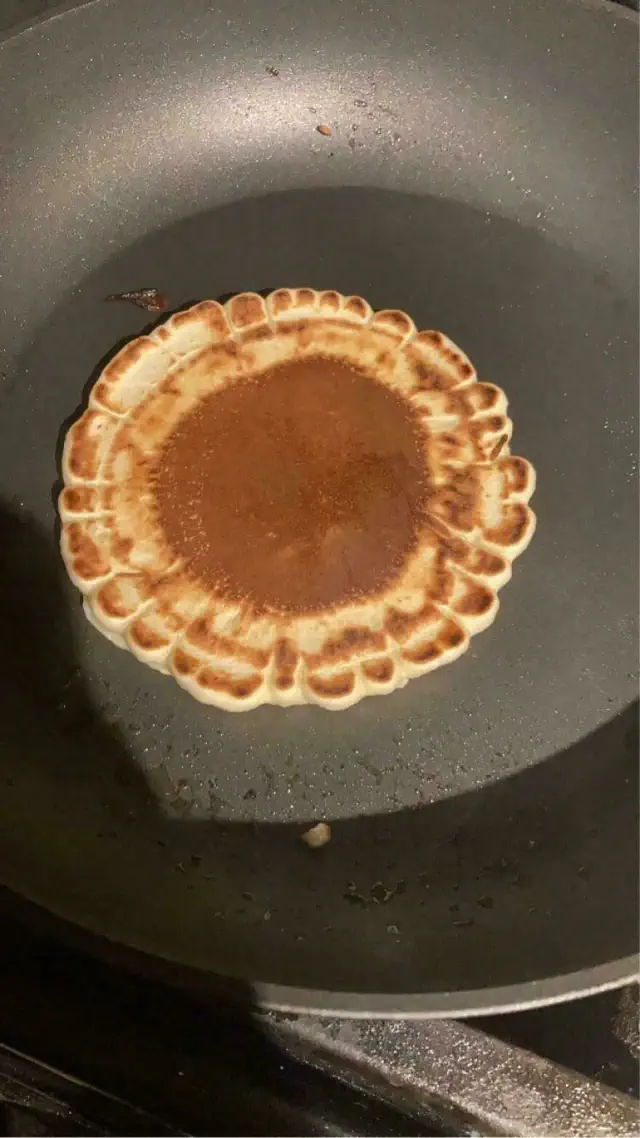
View pictures in App save up to 80% data.
#60
This Spider That Resembles a Ritz
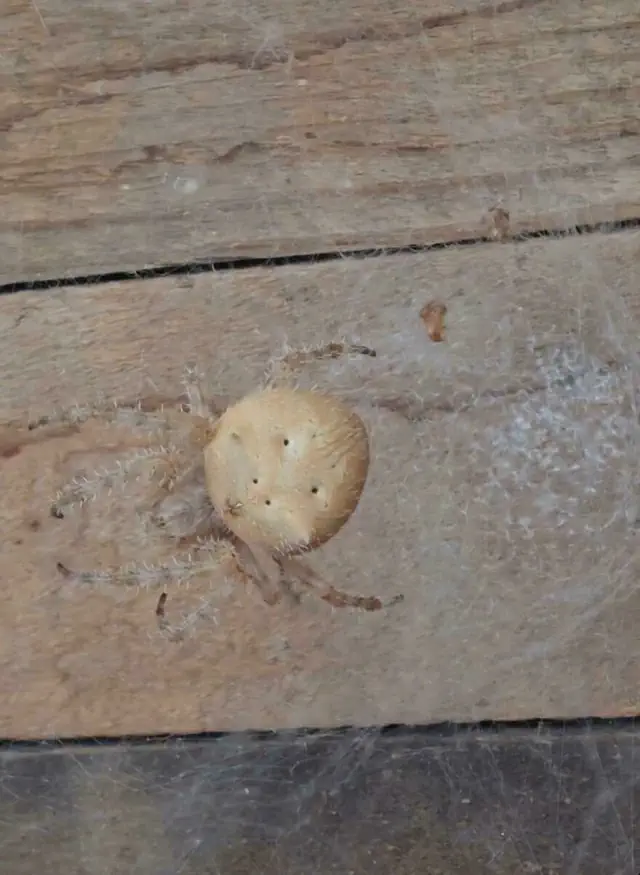
View pictures in App save up to 80% data.
#61
The ring left by my sister's beverage resembles the Aries symbol.
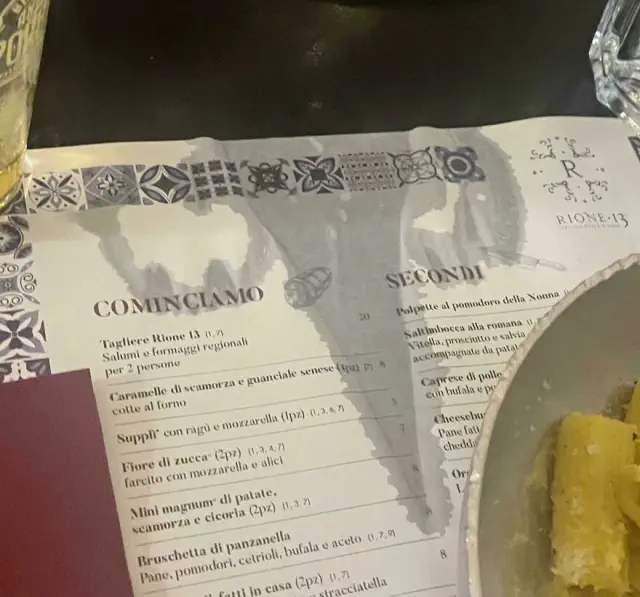
View pictures in App save up to 80% data.
#62
My Kangaroo Steak Resembles the Map of Australia
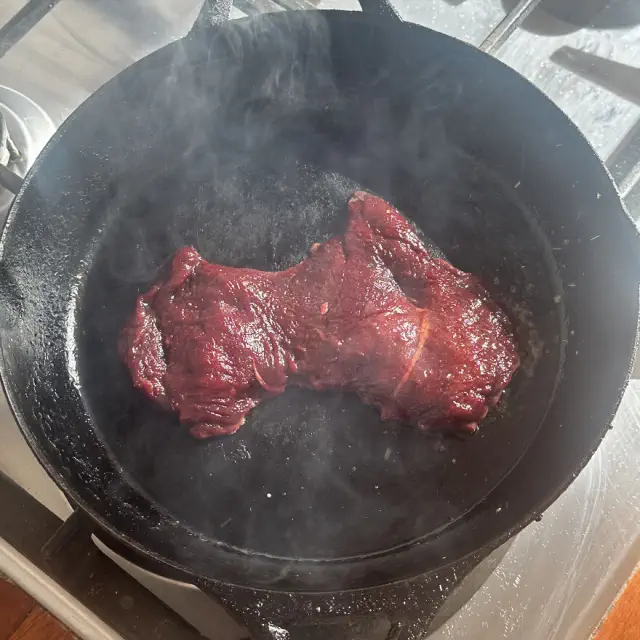
View pictures in App save up to 80% data.
#63
The sediment at the bottom of my coffee cup resembles a delightful Bob Ross landscape filled with cheerful trees.
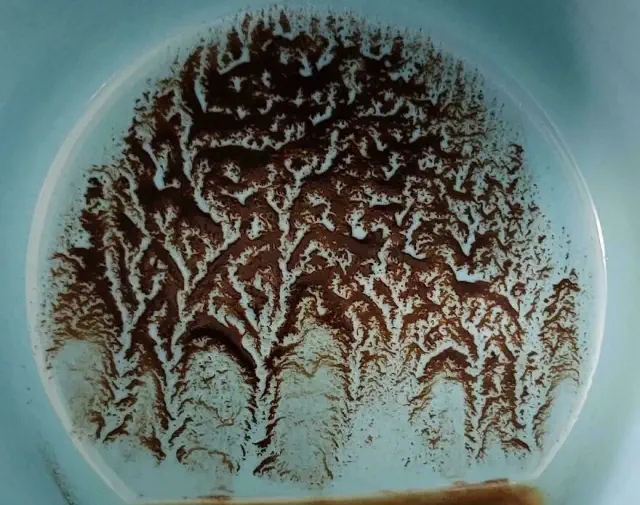
View pictures in App save up to 80% data.
#64
It's Time to Quit Drinking
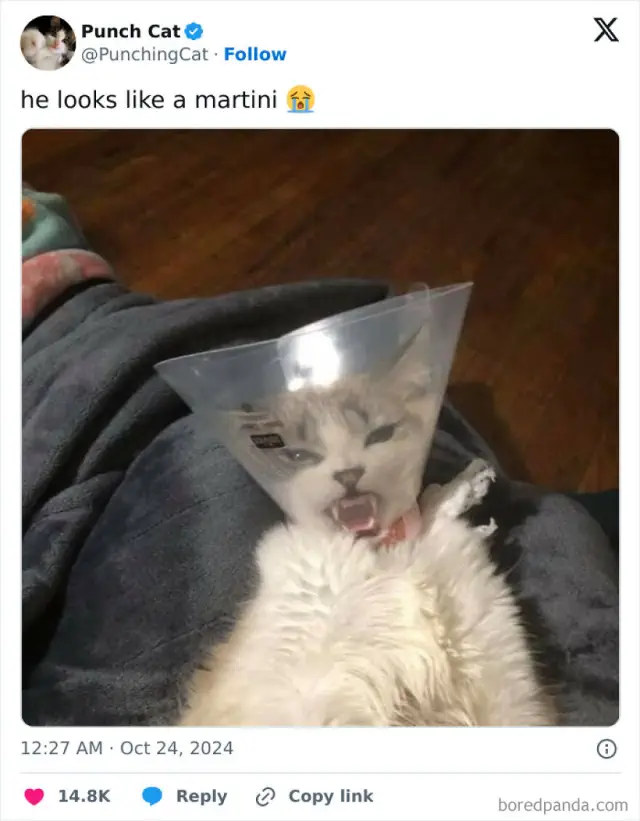
View pictures in App save up to 80% data.
#65
This chunk of wood snapped off resembling a meat cleaver.
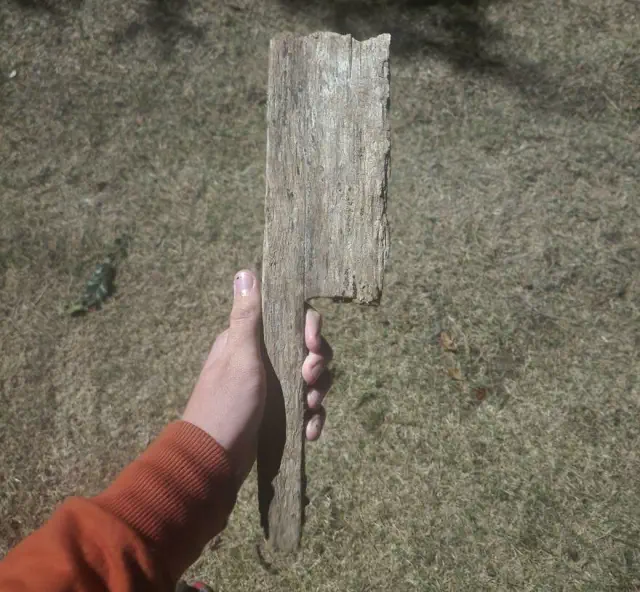
View pictures in App save up to 80% data.
#66
This Leaf is Adorned with Floral Tattoos
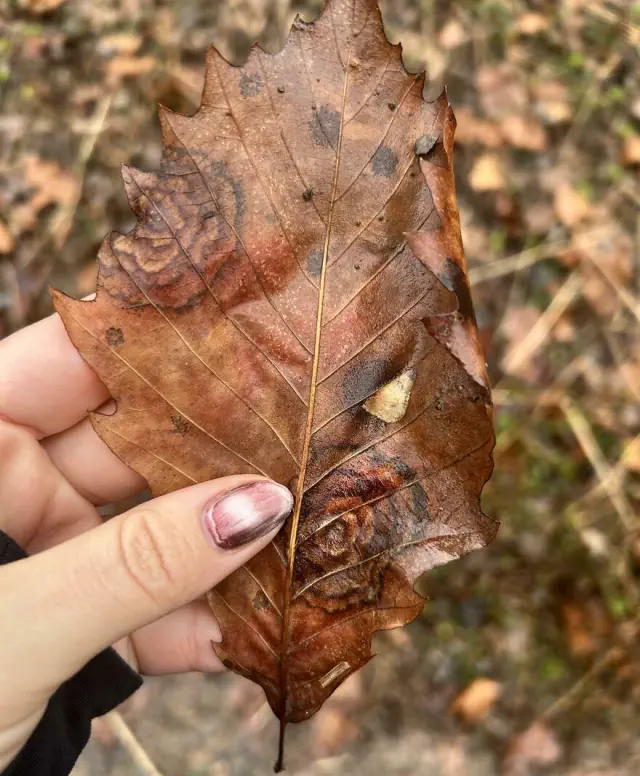
View pictures in App save up to 80% data.
#67
Rain Cloud Resembles a Cascading Waterfall
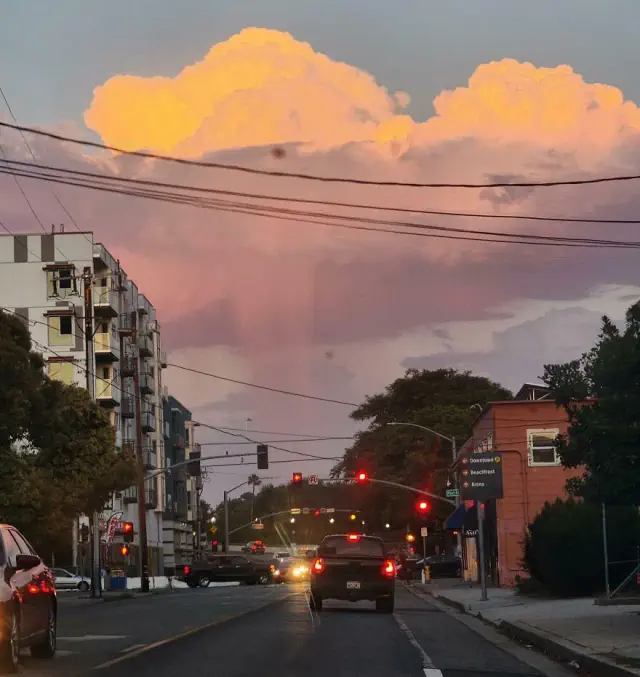
View pictures in App save up to 80% data.
#68
Flawed Plastic That Resembles a Knife Flawlessly
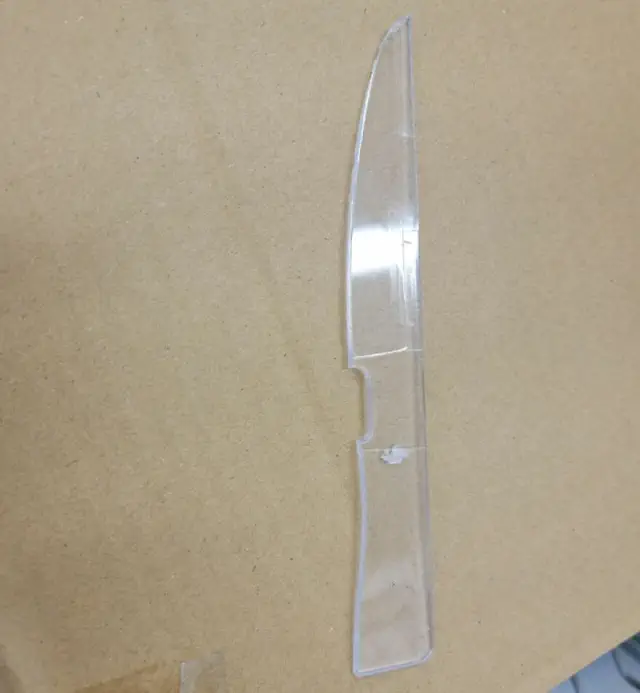
View pictures in App save up to 80% data.
Discovered on the ground beneath a shattered shelf display at Walmart. My friend thought I was brandishing a knife when I approached him!
#69
Creating Snowflakes and Unintentionally Making an Italian Cookie
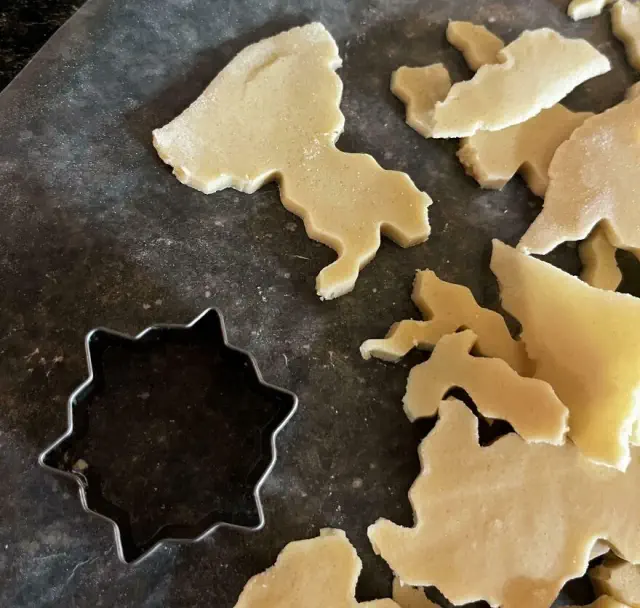
View pictures in App save up to 80% data.
#70
My son captured a photo of a cloud that resembles a fighter jet.
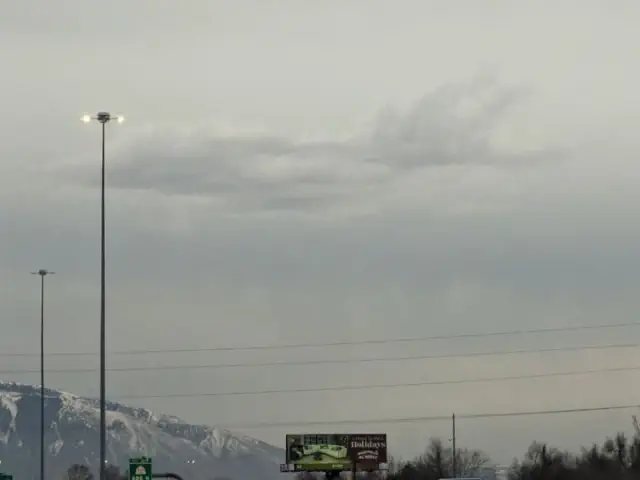
View pictures in App save up to 80% data.
#71
Hammer-Style Stick... Absolutely!
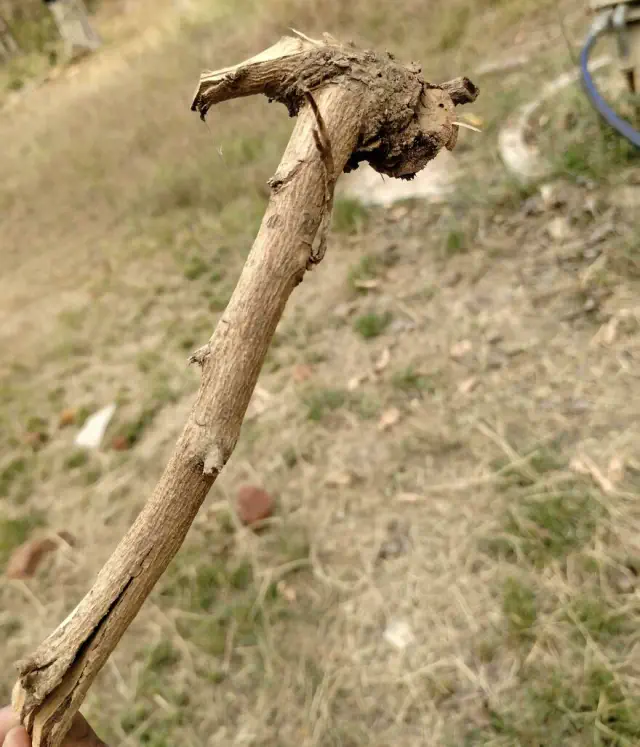
View pictures in App save up to 80% data.
#72
This stick appears to have a muscular structure within.
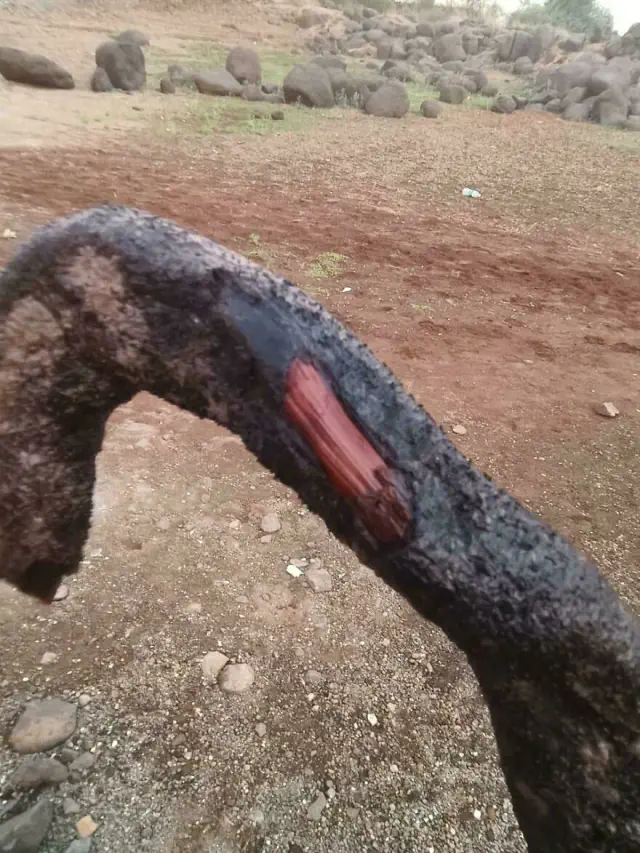
View pictures in App save up to 80% data.
#73
The sweat marks on my cap resemble mountains more than the actual mountain emblem.
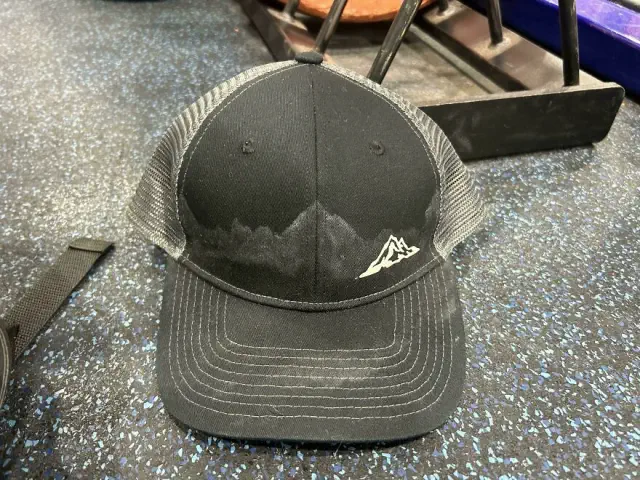
View pictures in App save up to 80% data.
#74
This red bell pepper at the supermarket appears to have stitches in two spots.
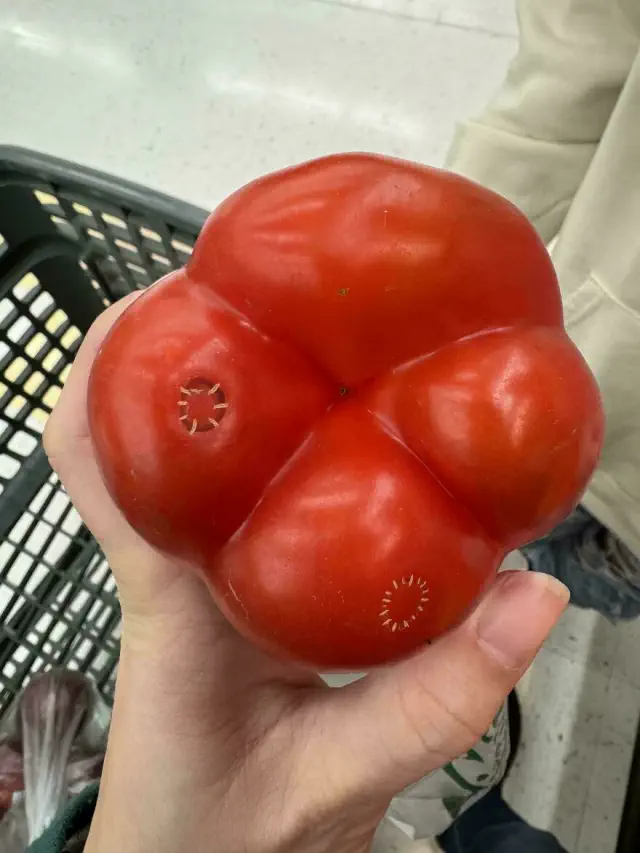
View pictures in App save up to 80% data.
#75
A Few Of My Ice Cubes Resemble Tiny Mushrooms
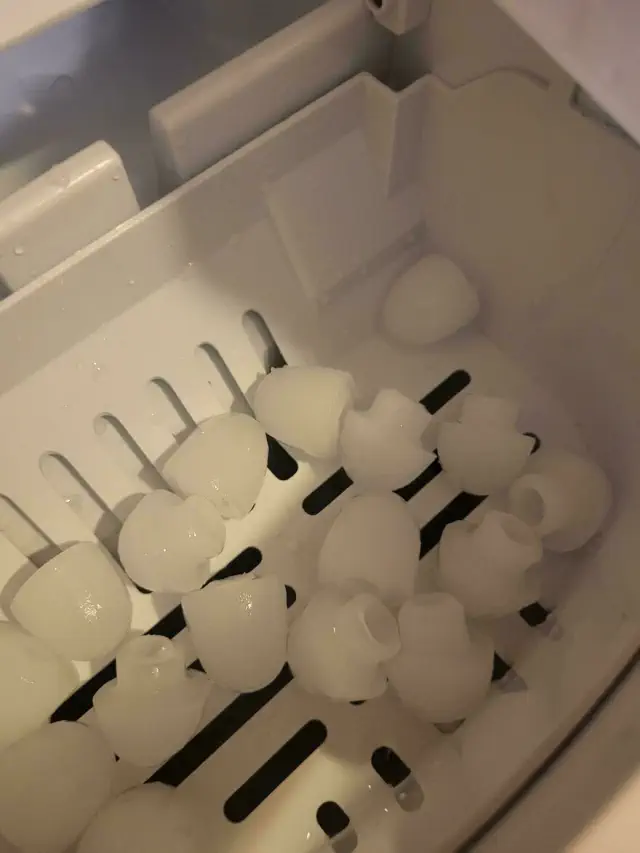
View pictures in App save up to 80% data.
#76
This entire bag of chocolate chips resembles miniature Sherlock Holmes pipes.
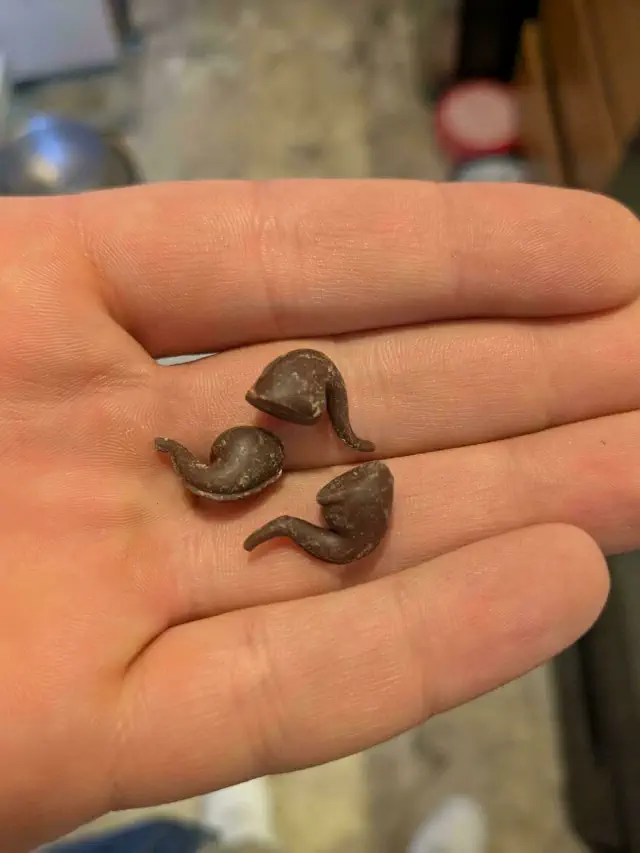
View pictures in App save up to 80% data.
#77
This Plant Resembles a Huge Asparagus

View pictures in App save up to 80% data.
#78
This Loaf I Baked Resembles a Planet in the Cosmos
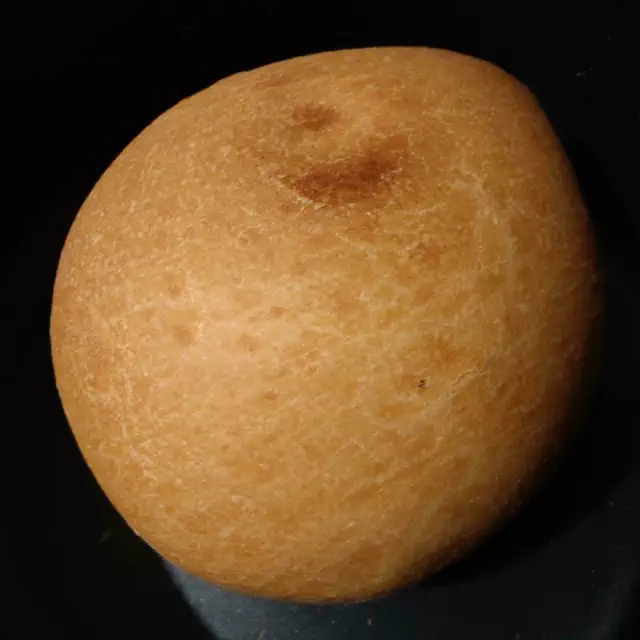
View pictures in App save up to 80% data.
#79
My Broken Egg Resembles South America
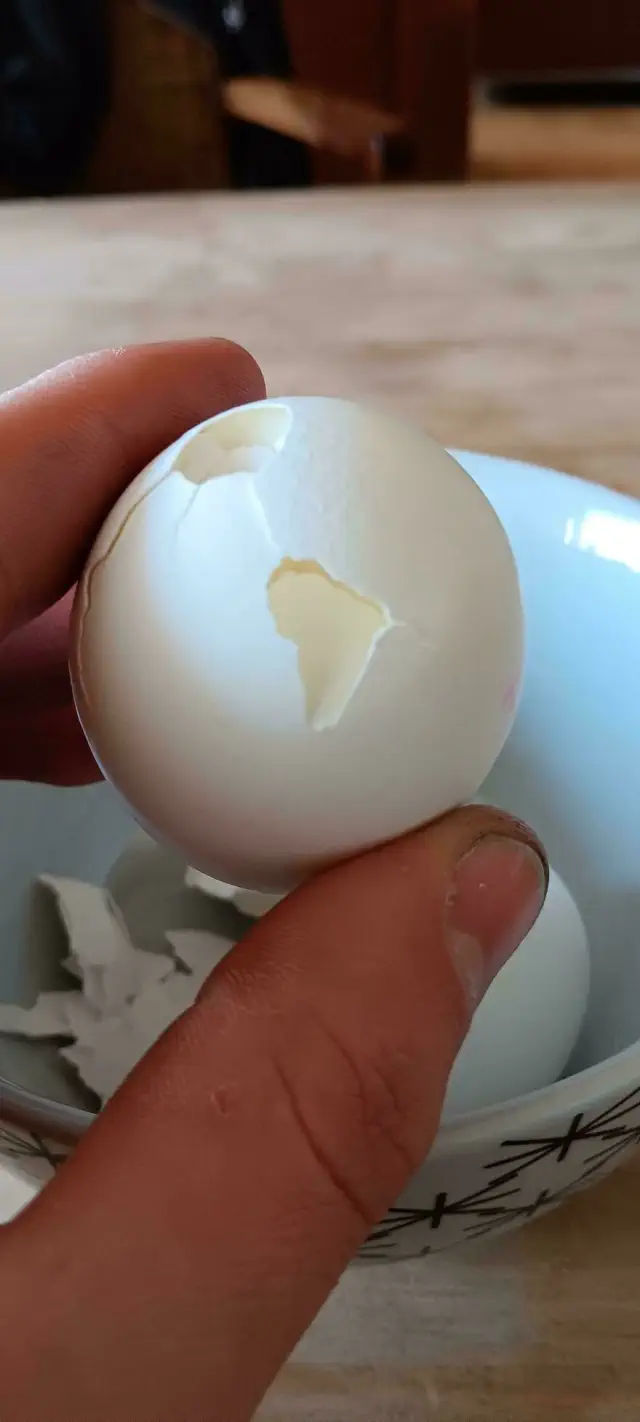
View pictures in App save up to 80% data.
#80
My ruler's hole resembles the outline of Australia.
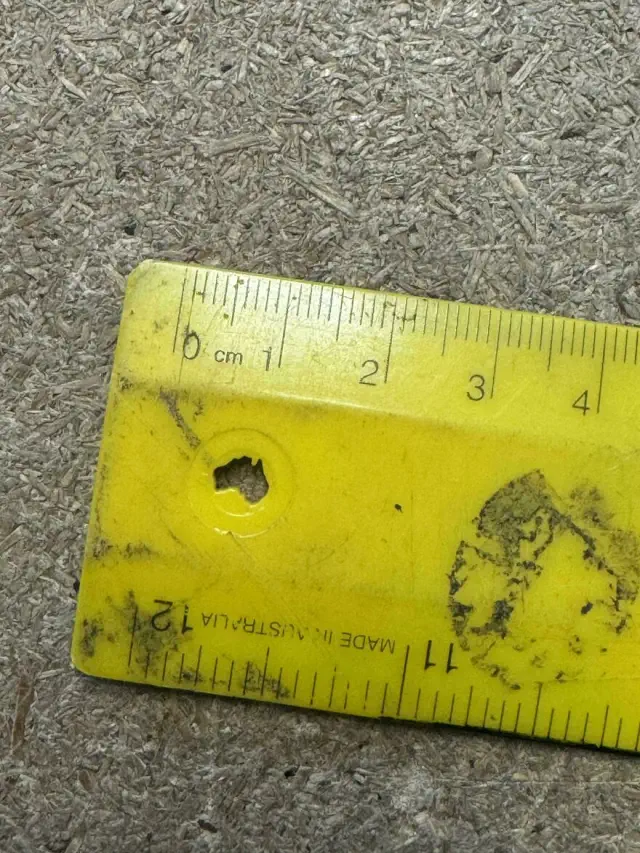
View pictures in App save up to 80% data.
#81
Ice Formed in a Spiral Pattern on a Cucumber
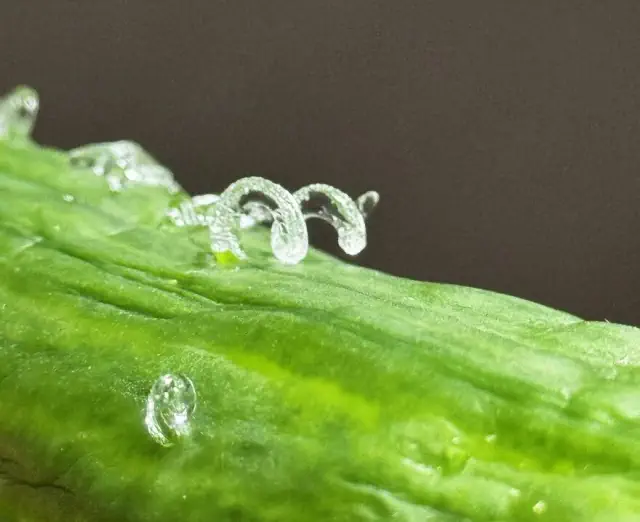
View pictures in App save up to 80% data.
#82
My Fried Egg Resembles a Yin Yang Symbol
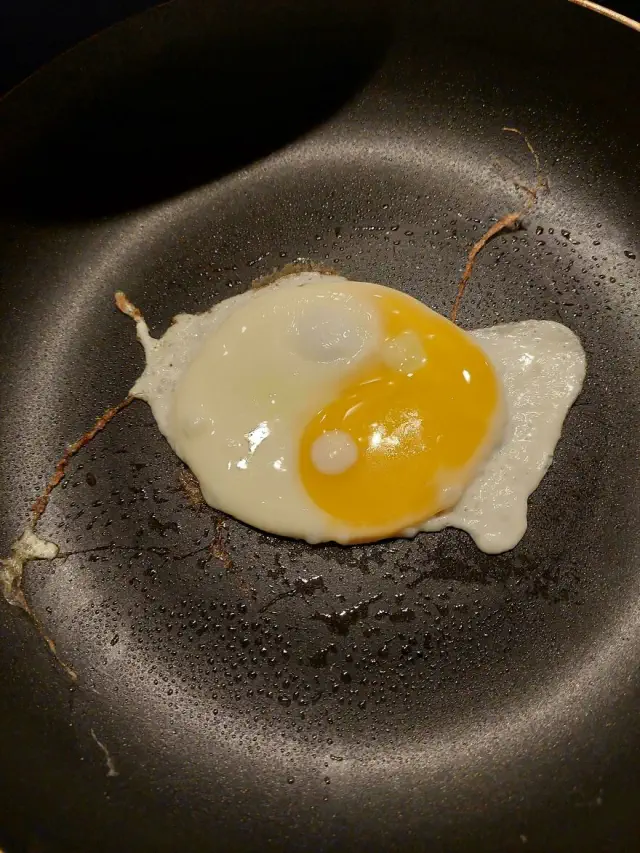
View pictures in App save up to 80% data.
#83
The Frost on My Car This Morning Resembles Fur
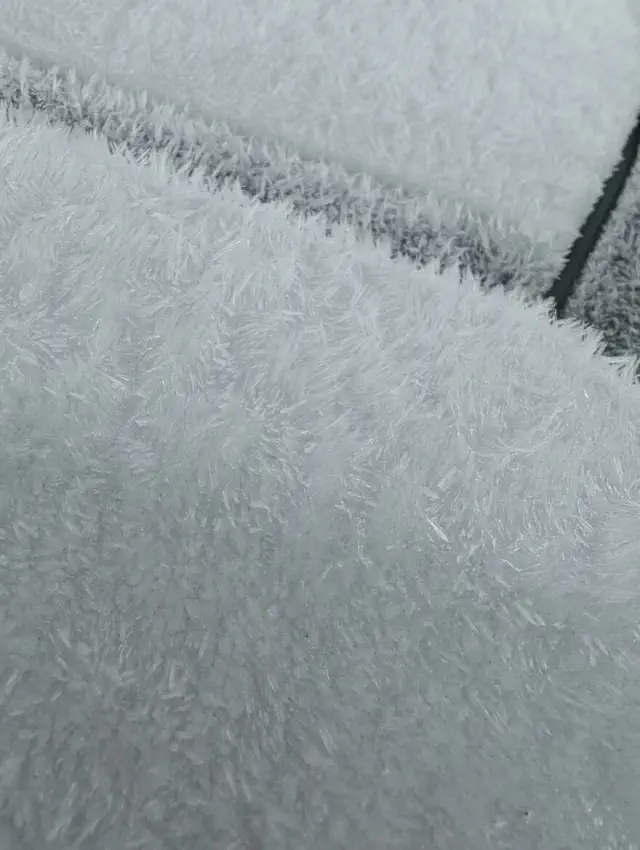
View pictures in App save up to 80% data.
#84
This Weathered Train Door Resembles Mountain Peaks

View pictures in App save up to 80% data.
#85
A Chili Pepper Resembling Flames
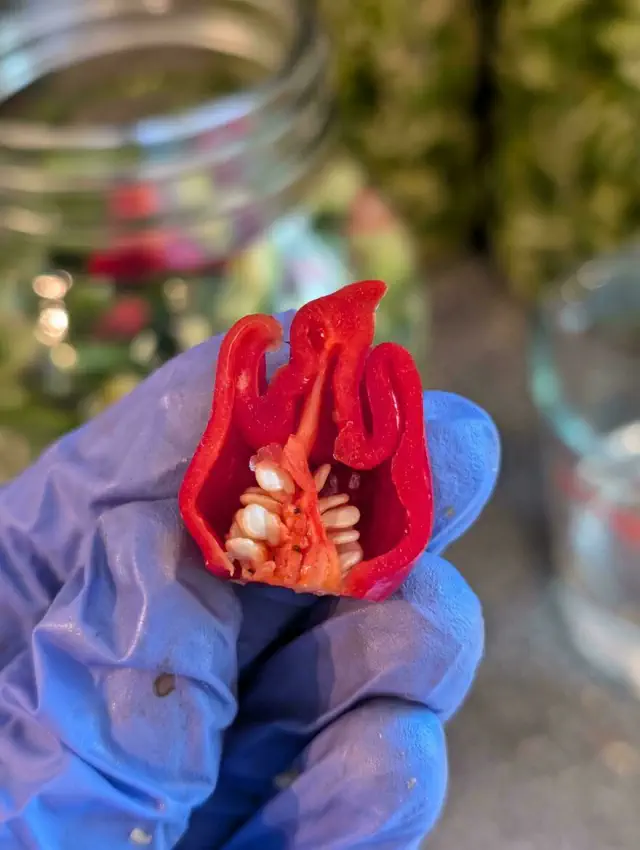
View pictures in App save up to 80% data.
#86
After I finished my cup of coffee at work, I noticed a little heart shape formed at the bottom of my mug.
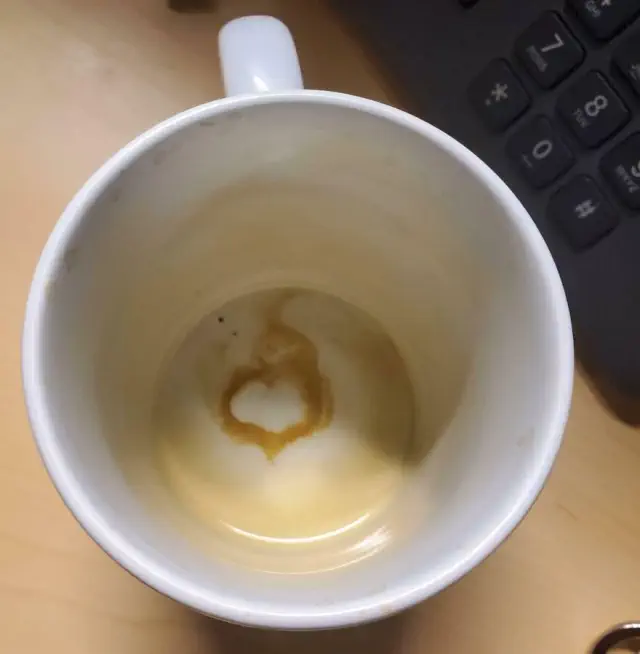
View pictures in App save up to 80% data.
#87
This Pumpkin Soup Has Been Sitting for a Month and Grew This! What Would You Call It? It Resembles a Map from Dune, Haha. But It's Quite Fascinating!

View pictures in App save up to 80% data.
#88
During my trip to Vulcan, Alberta, I was amazed to find that all the streetlights are designed to resemble the Starship Enterprise.
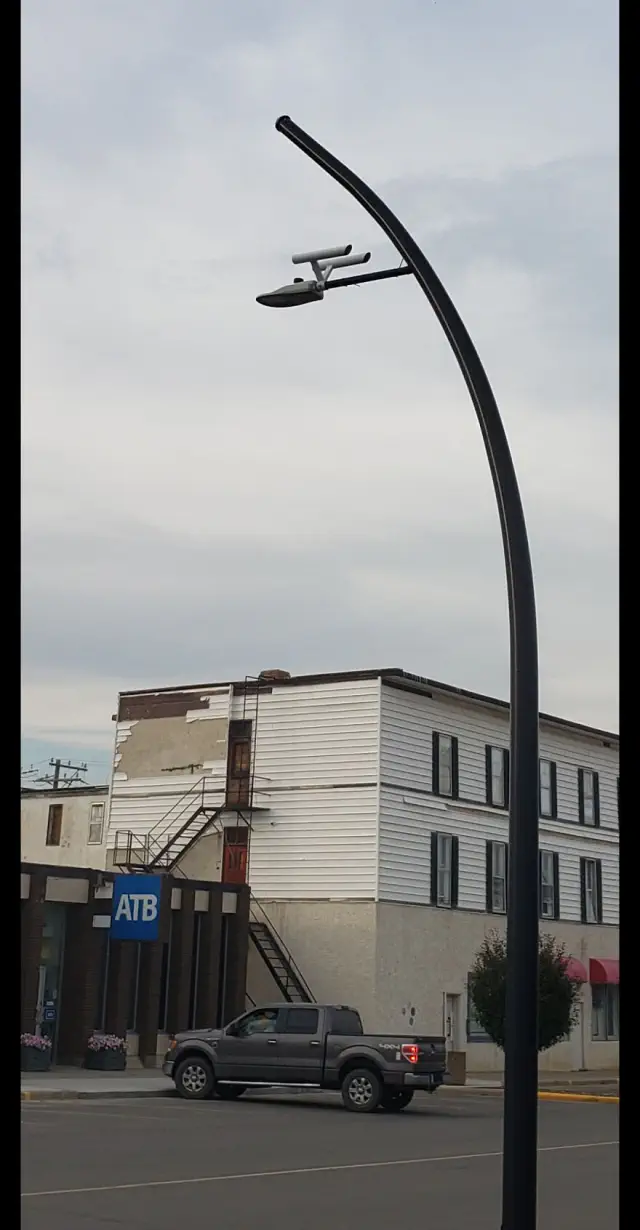
View pictures in App save up to 80% data.
#89
This Bird Feeder Gives the Impression That Birds Are Sculpting a Masterpiece.
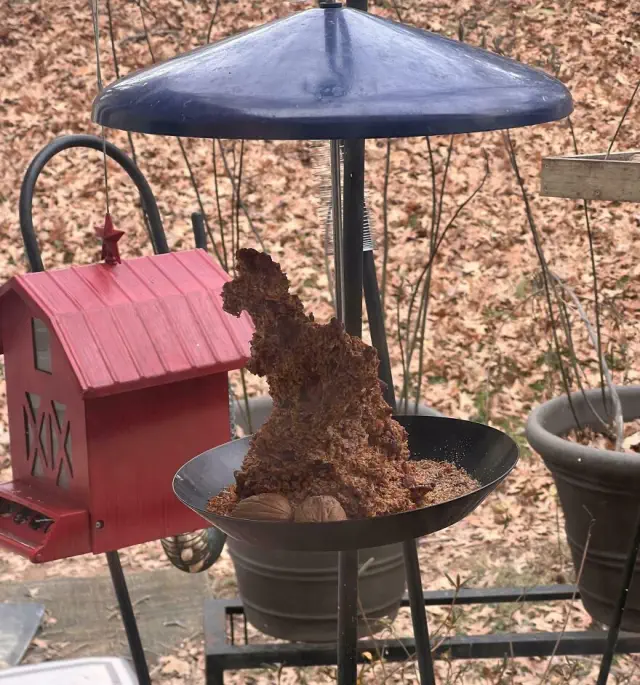
View pictures in App save up to 80% data.
#90
This Ice Structure

View pictures in App save up to 80% data.
